Wats, or Buddhist temples, were as abundant in Thailand as Catholic churches were abundant in Spain. You couldn’t walk very far without running into one. The best of them topped the “things to do” list in just about every city. As a result, we visited at least one wat on most days of this trip. Here’s the list:
Bangkok: Wat Phra Kaew and the Grand Palace
The vast majority of visitors to Bangkok’s #1 attraction, the Grand Palace, were actually there to see this temple instead of the royal residence. Being the royal temple, Wat Phra Kaew was impressive in both size and upkeep. My favorite part here was the gigantic mural detailing stories of Ramakien, the Thai version of Ramayana. Of the highest religious significance was the Emerald Buddha, a dark green Buddha statue highly revered through history of this region. It had traveled with royal powers for centuries before settling down here 240 years ago.
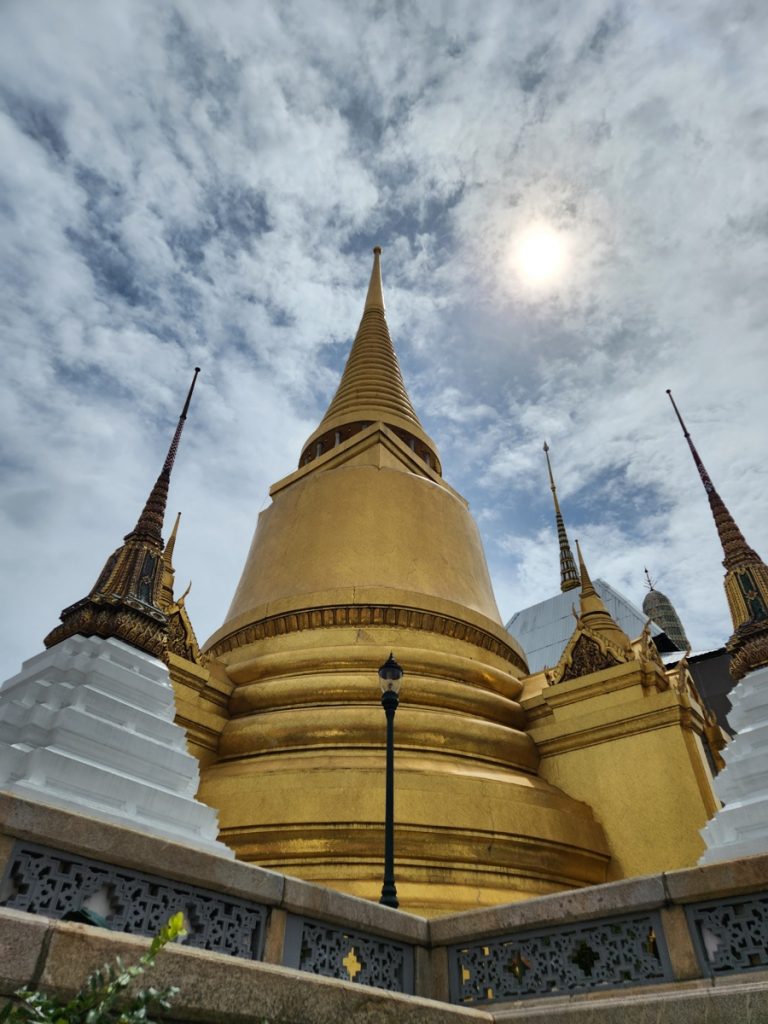

Wat Phra Kaew

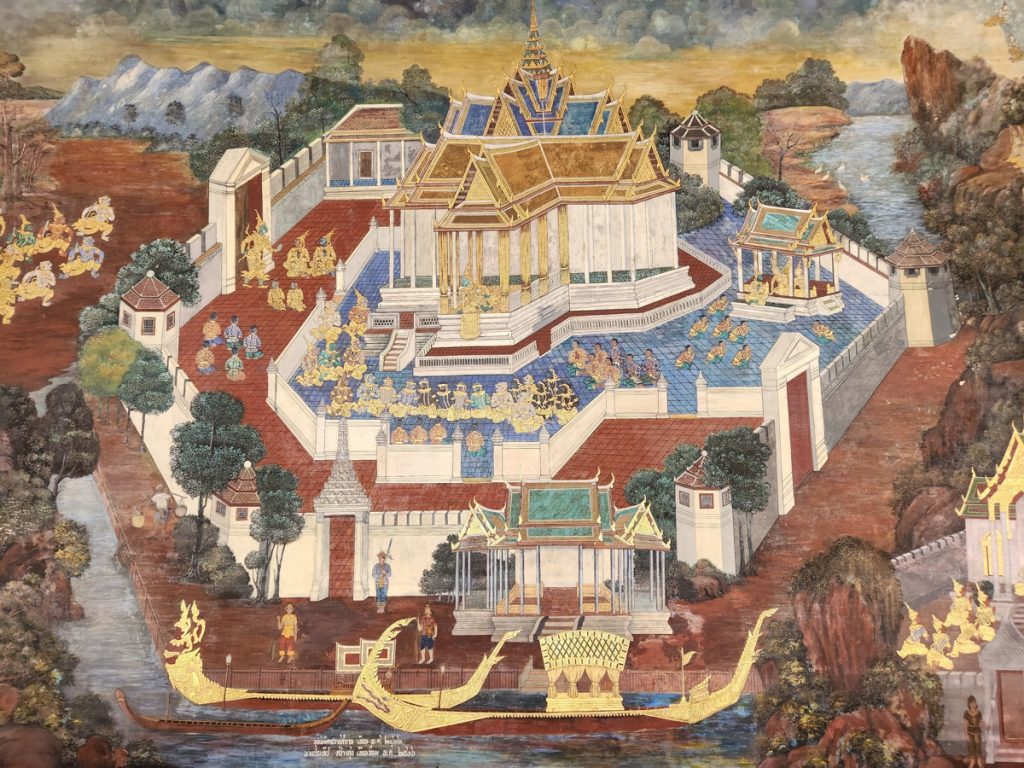
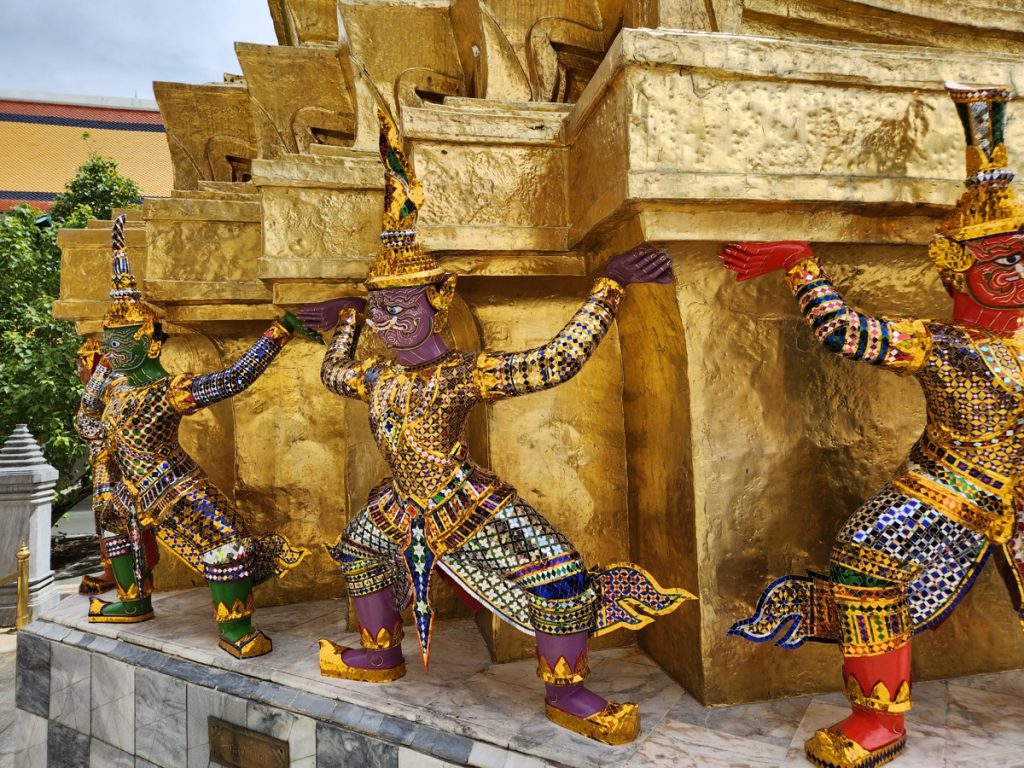
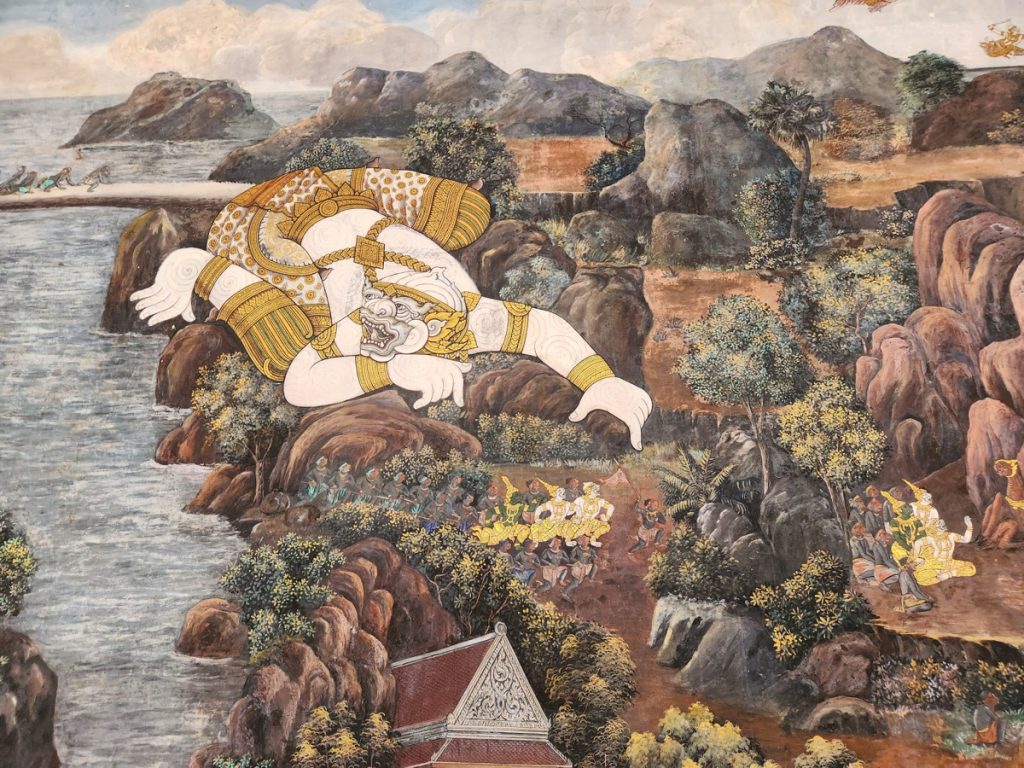
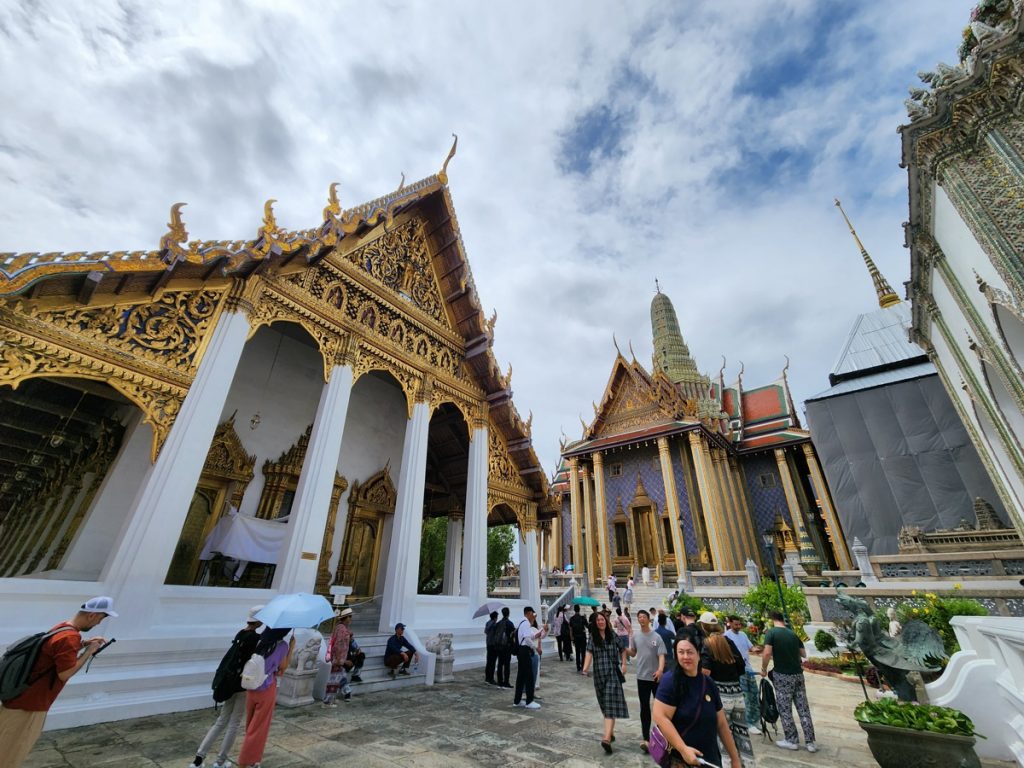
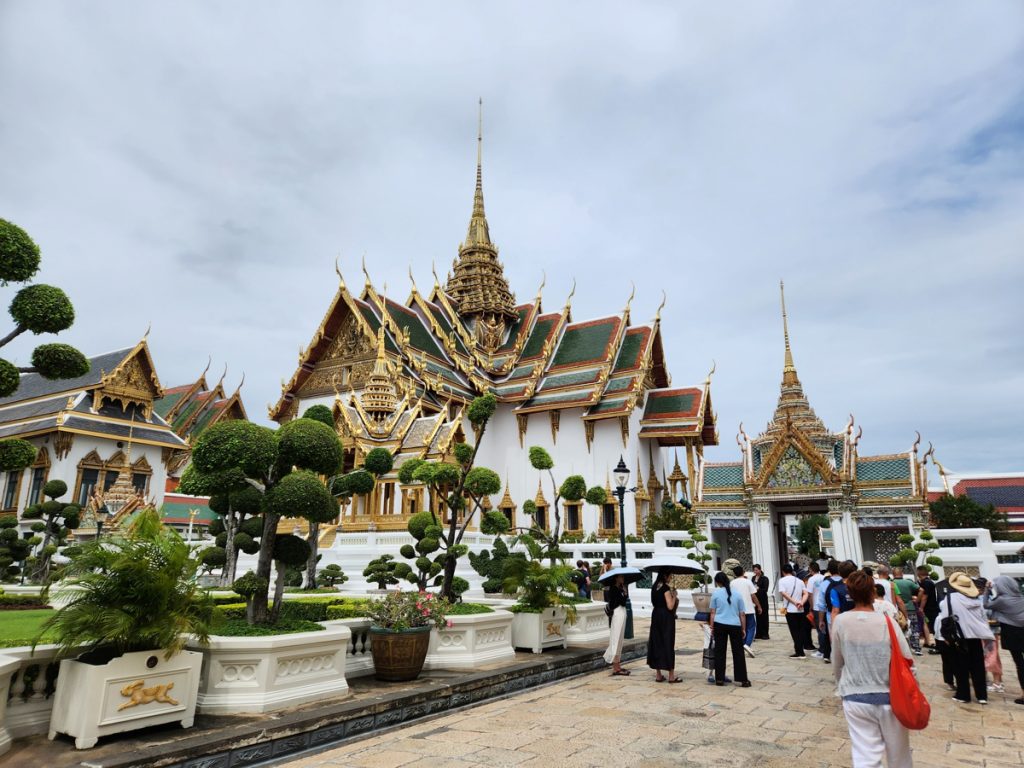
Bangkok: Wat Saket
All else being equal, I would have recommended Wat Arun as the second wat to visit in Bangkok. However, Wat Saket was nearly as iconic and far more conveniently located for us. It had an impressive golden chedi and offered a great view of the city.
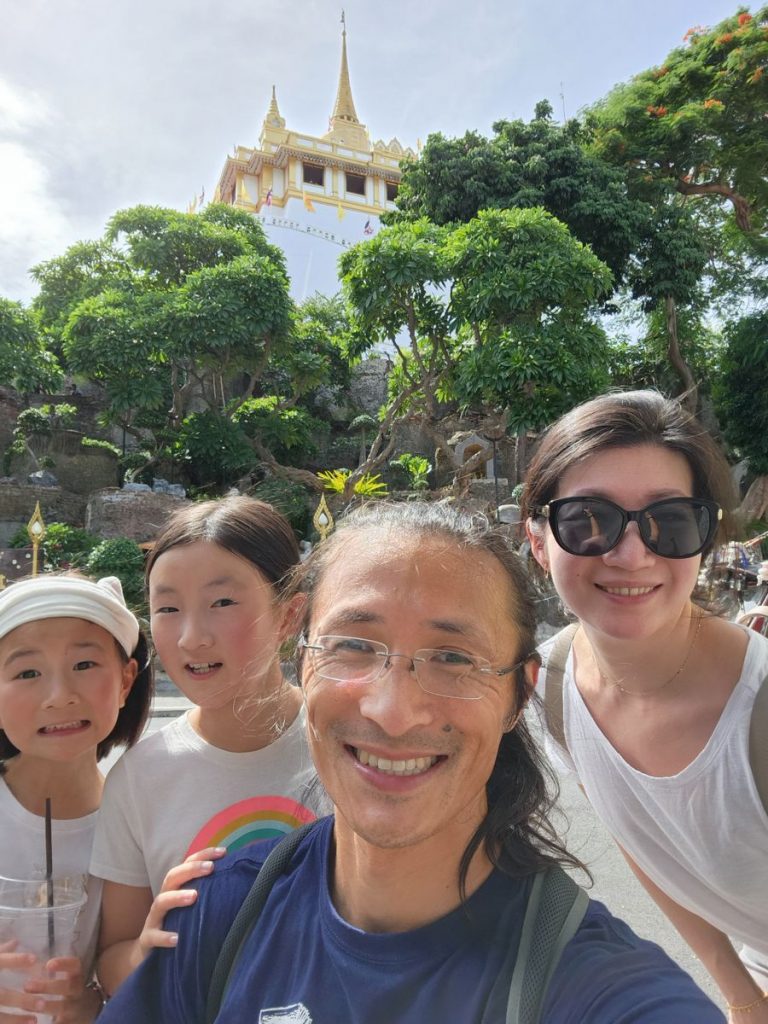
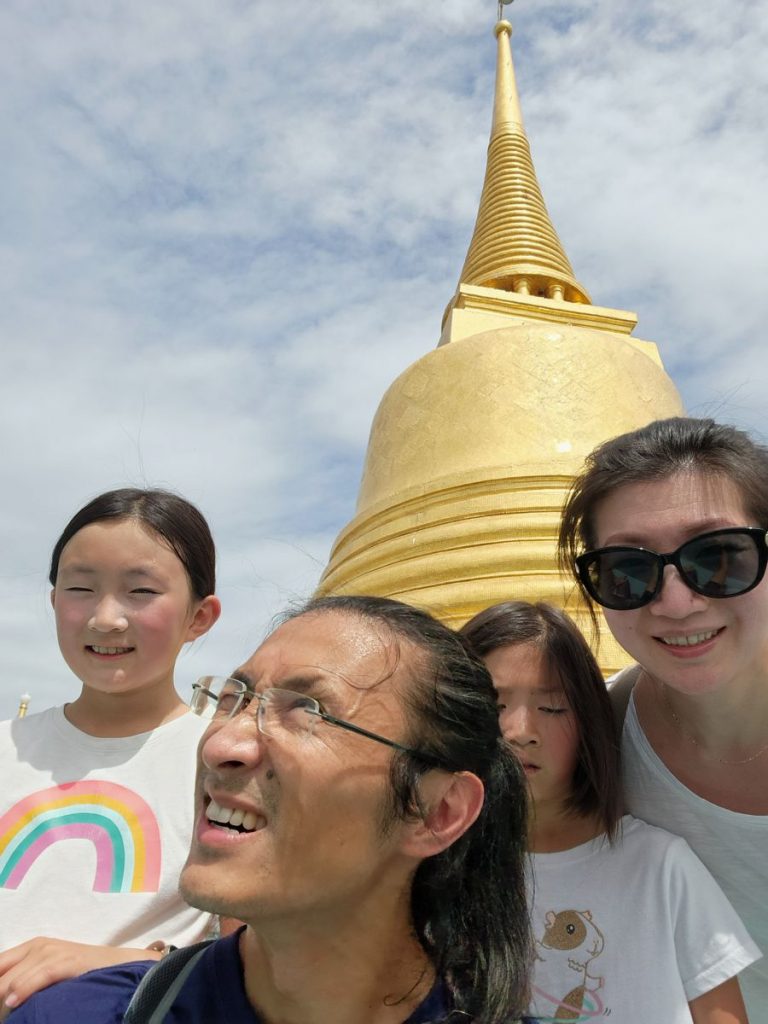
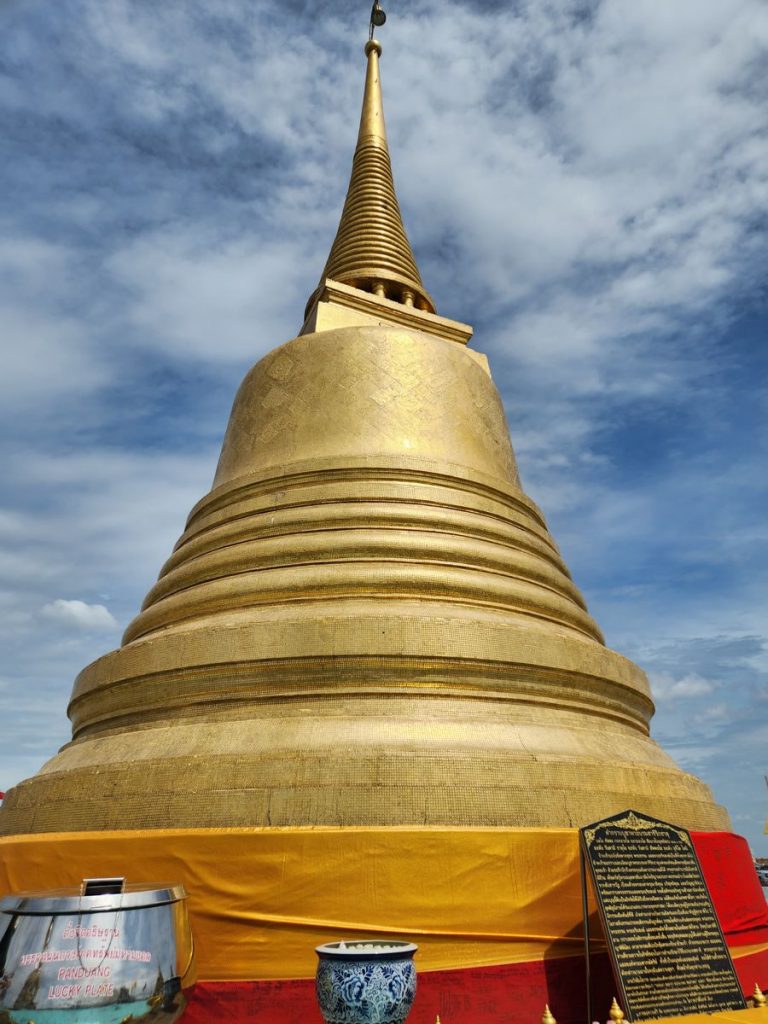
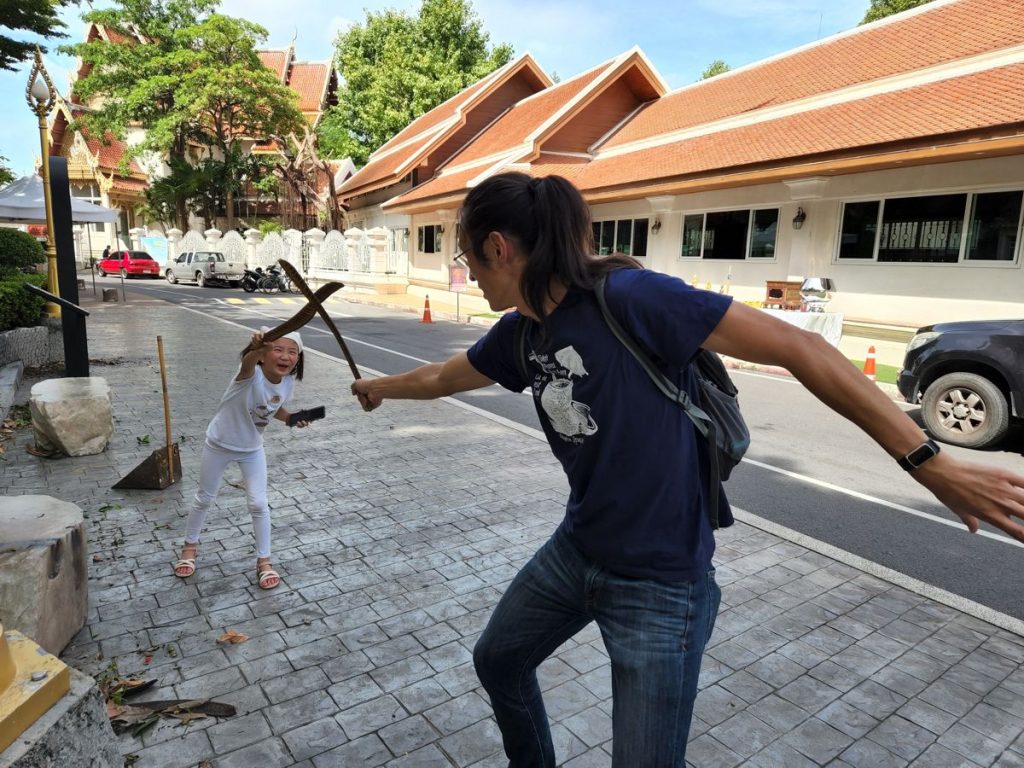

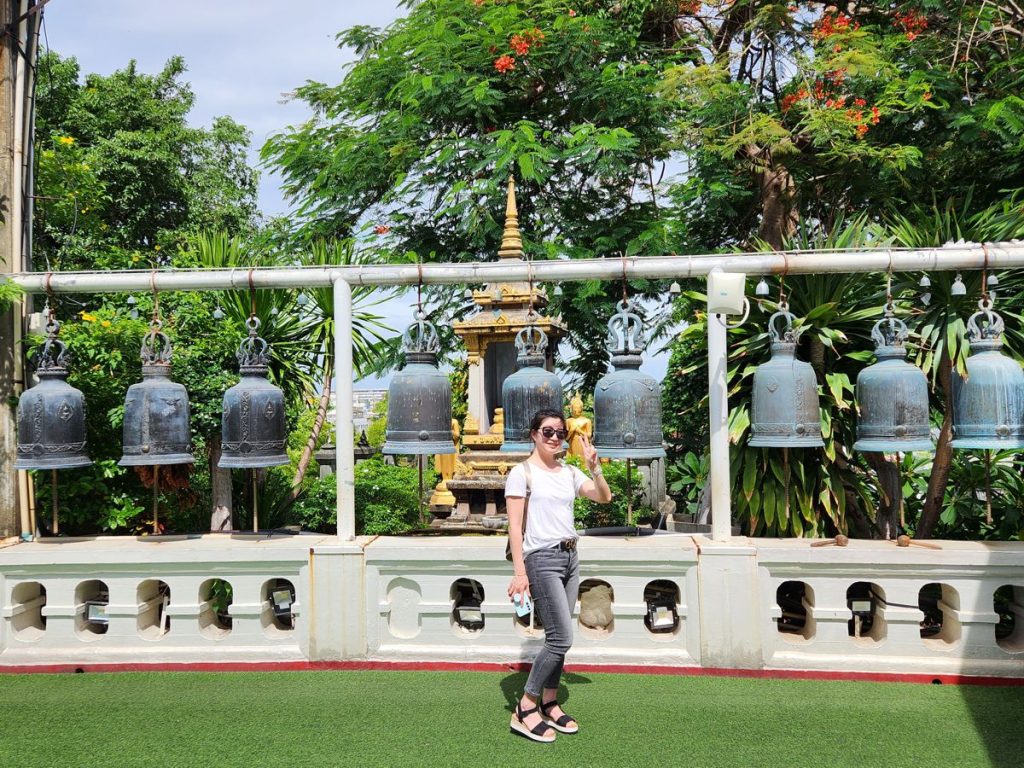
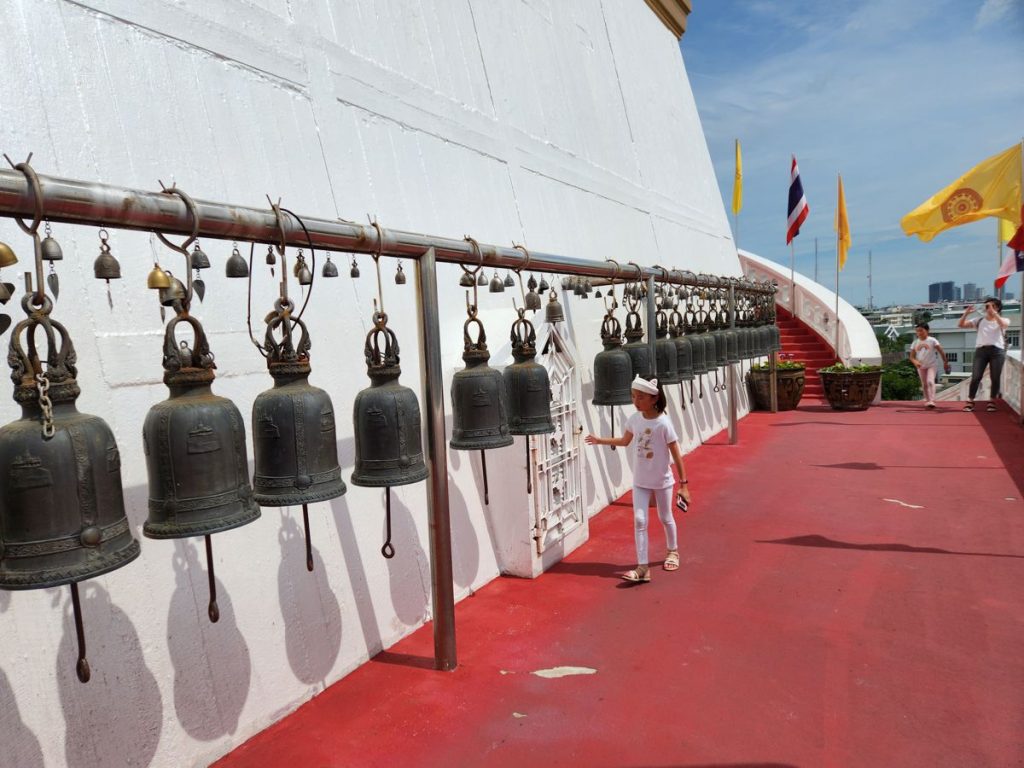
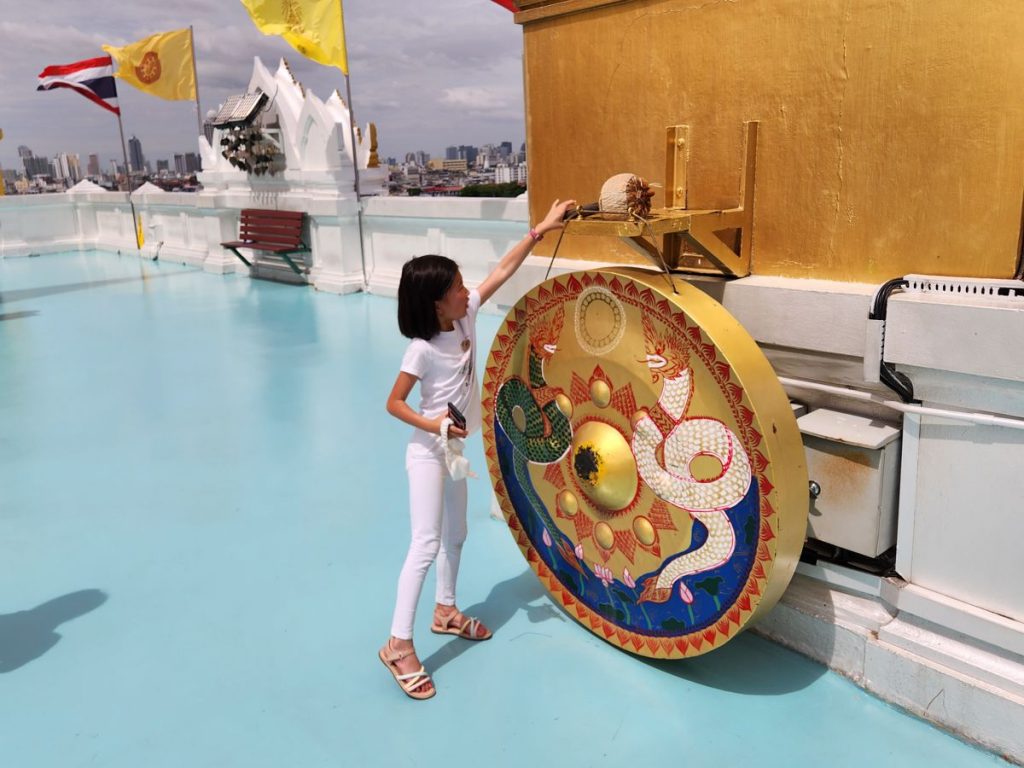
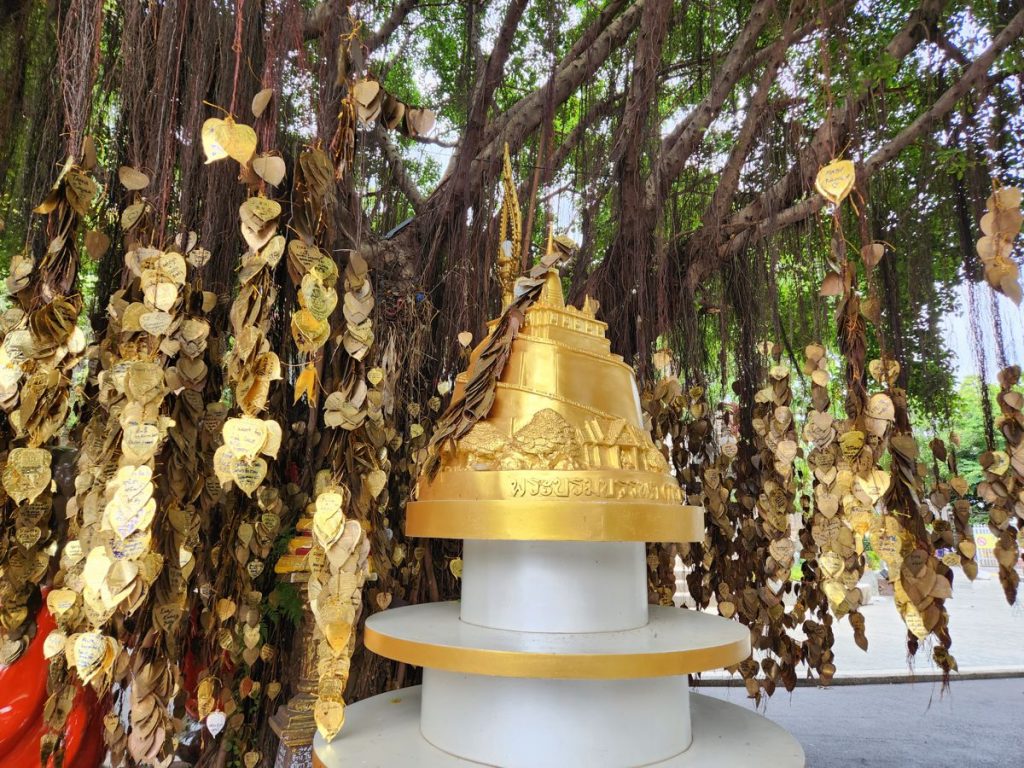
Chiang Mai: Wat Phra That Doi Suthep
This wat containing a Buddha relic was among Chiang Mai’s top attractions, so a visit was essential for any first-time visitor to this city. The view was good and the Naga stairs at the entrance was unique. However, considering the effort required to get up the mountain, I would rate it as not having that much to offer.
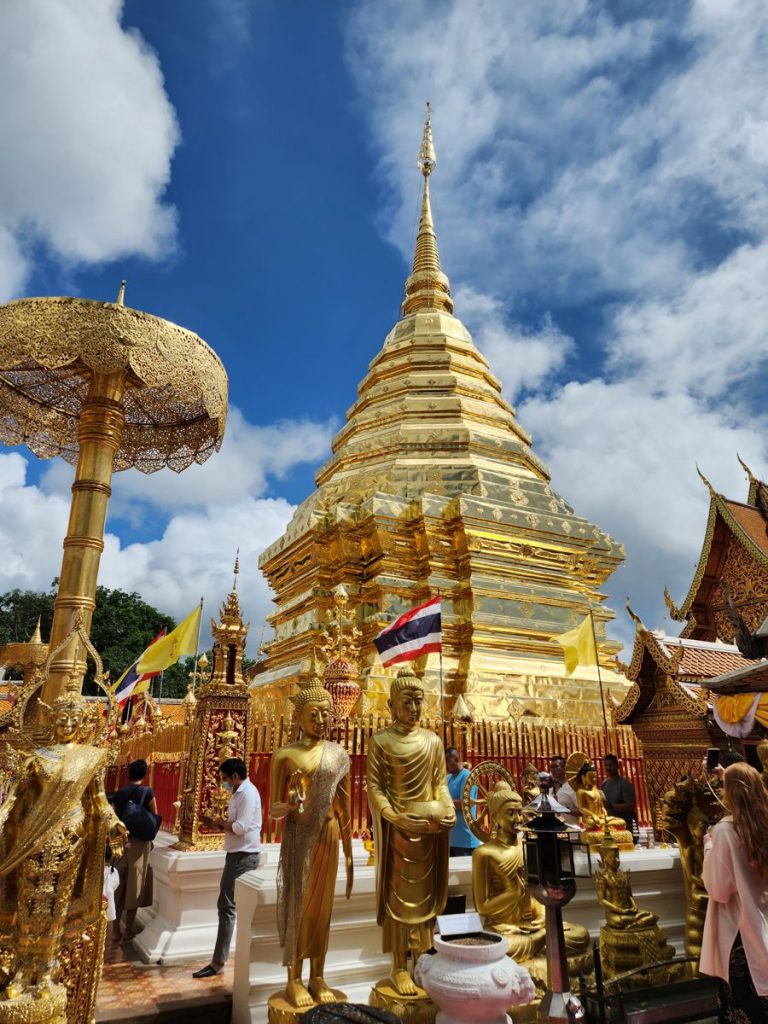
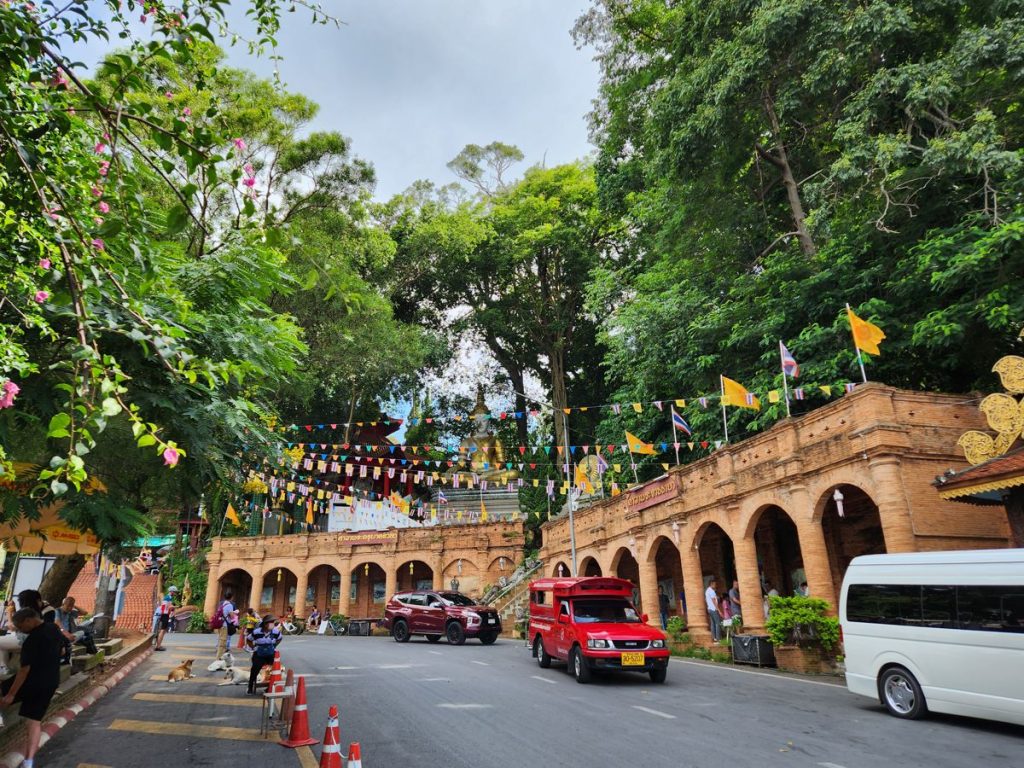
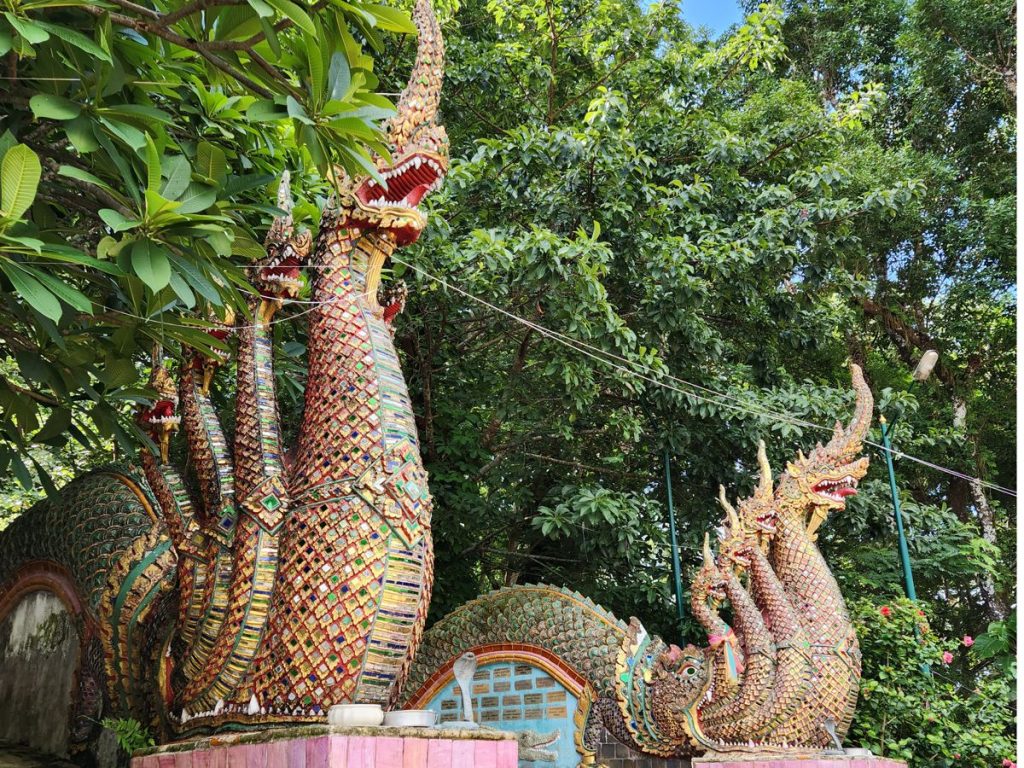

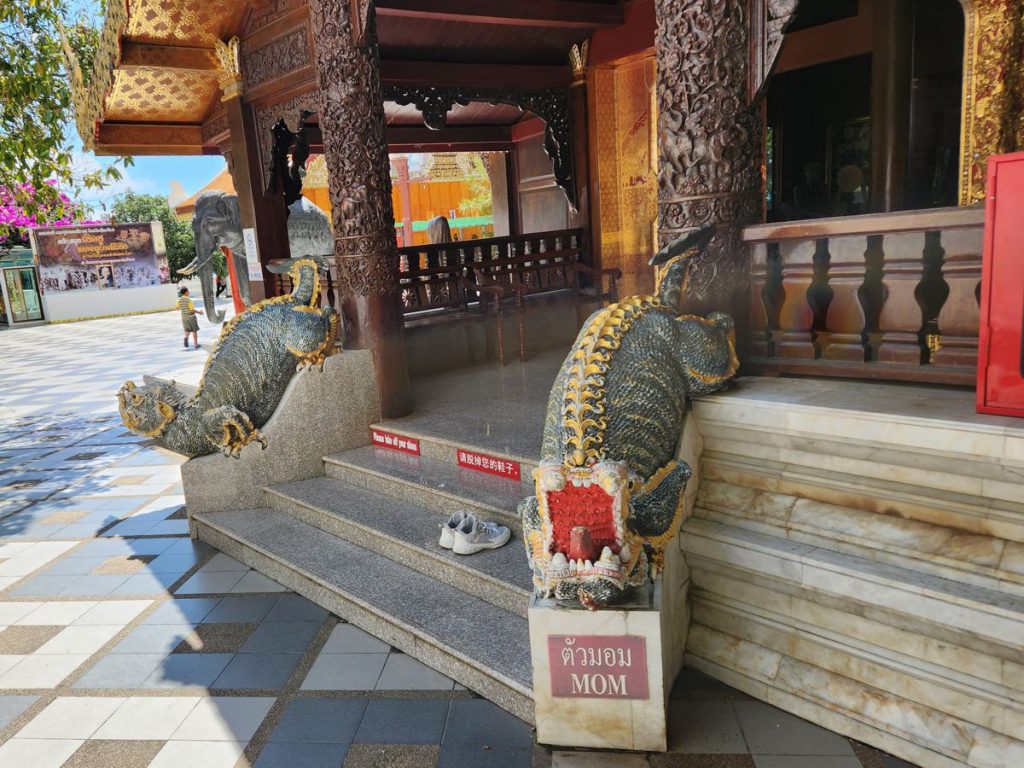
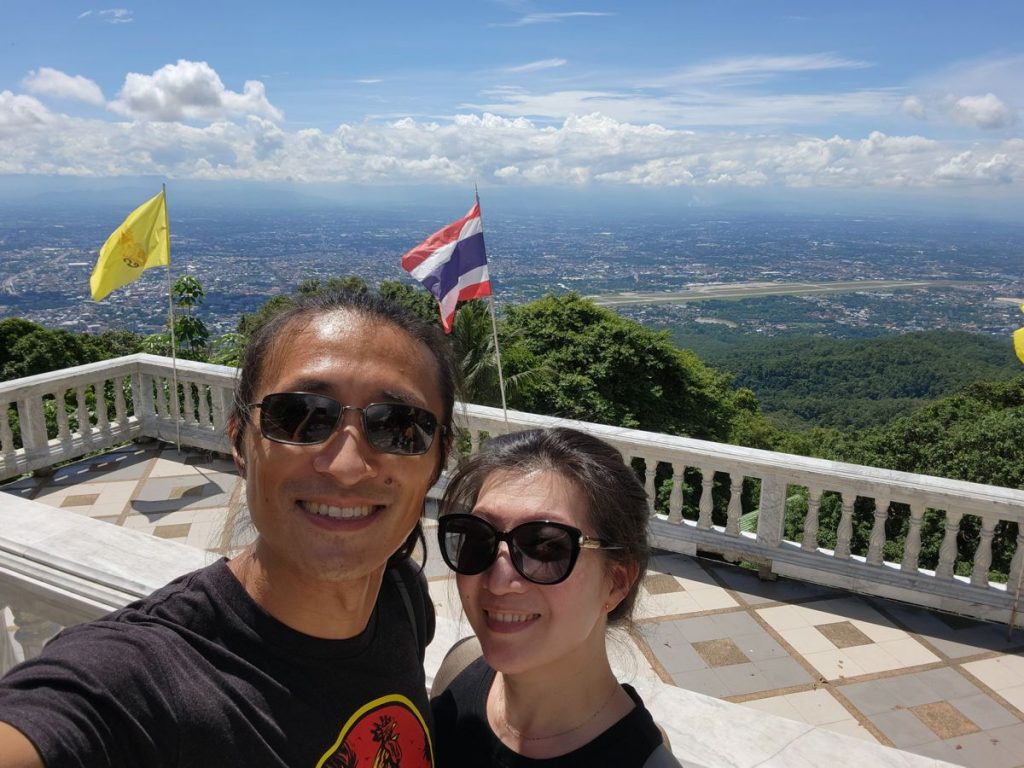
Chiang Mai: Wat Phra Singh
The “temple of holy lion” was described as Chiang Mai’s “most beautiful” by official tourism sources. I can’t speak to how they measured beauty, but this wat was indeed cool and well-maintained. It had quite a few buildings in addition to the main hall, a large golden chedi surrounded by golden elephants, and a room with a sizable reclining Buddha.
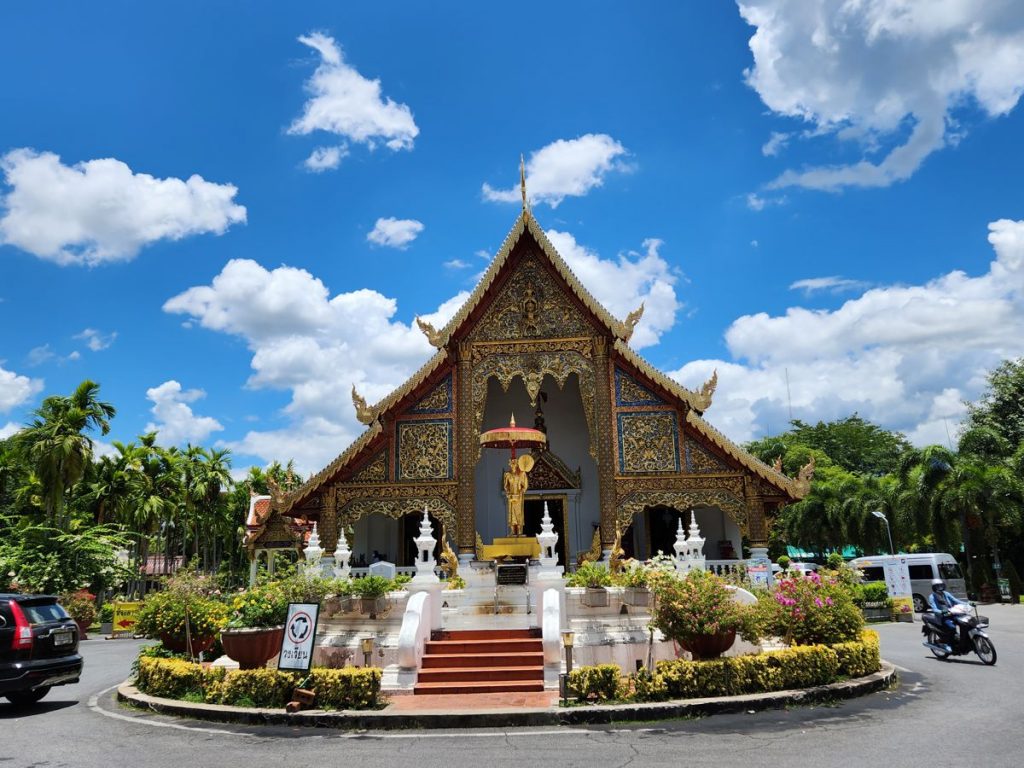
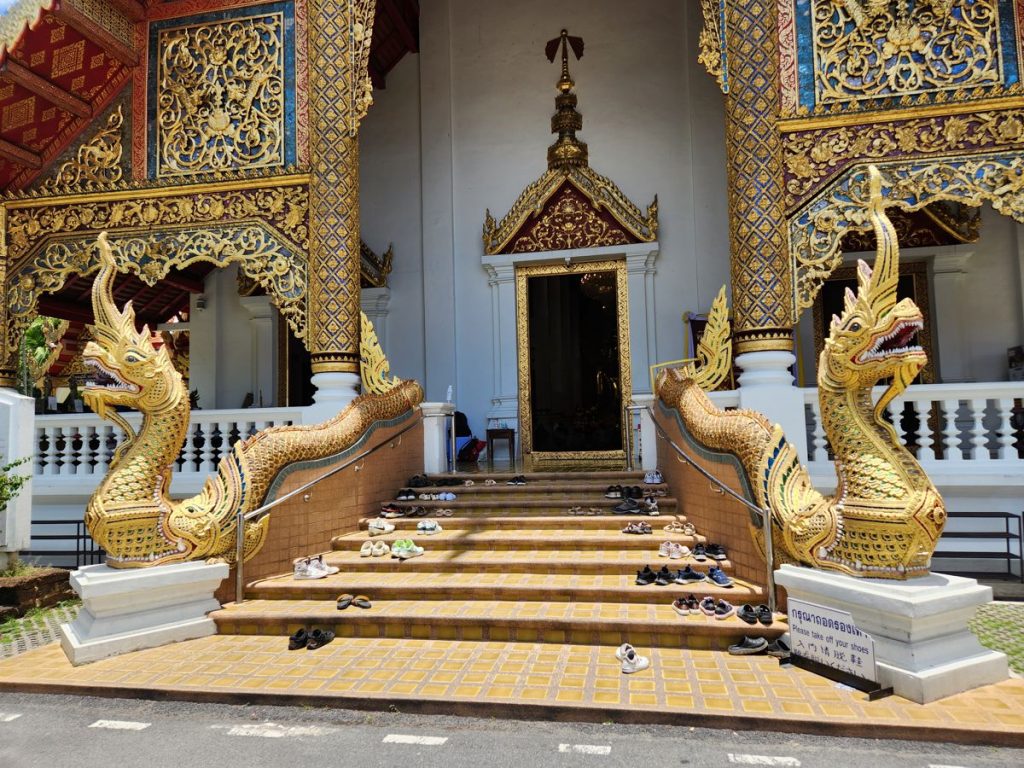
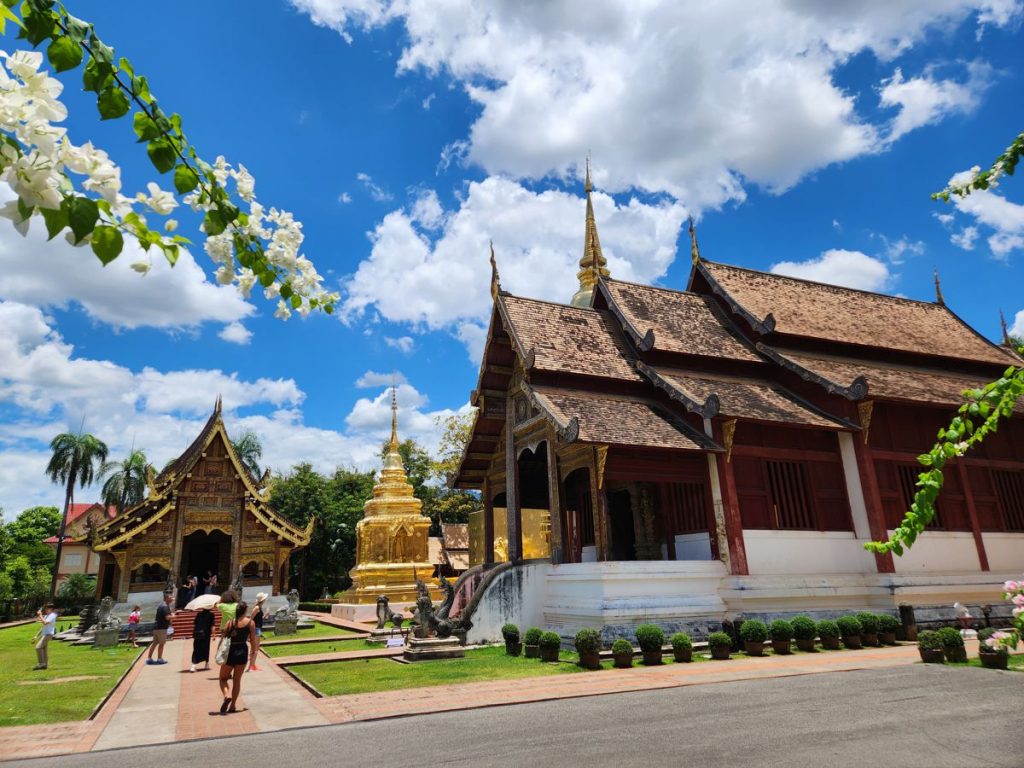
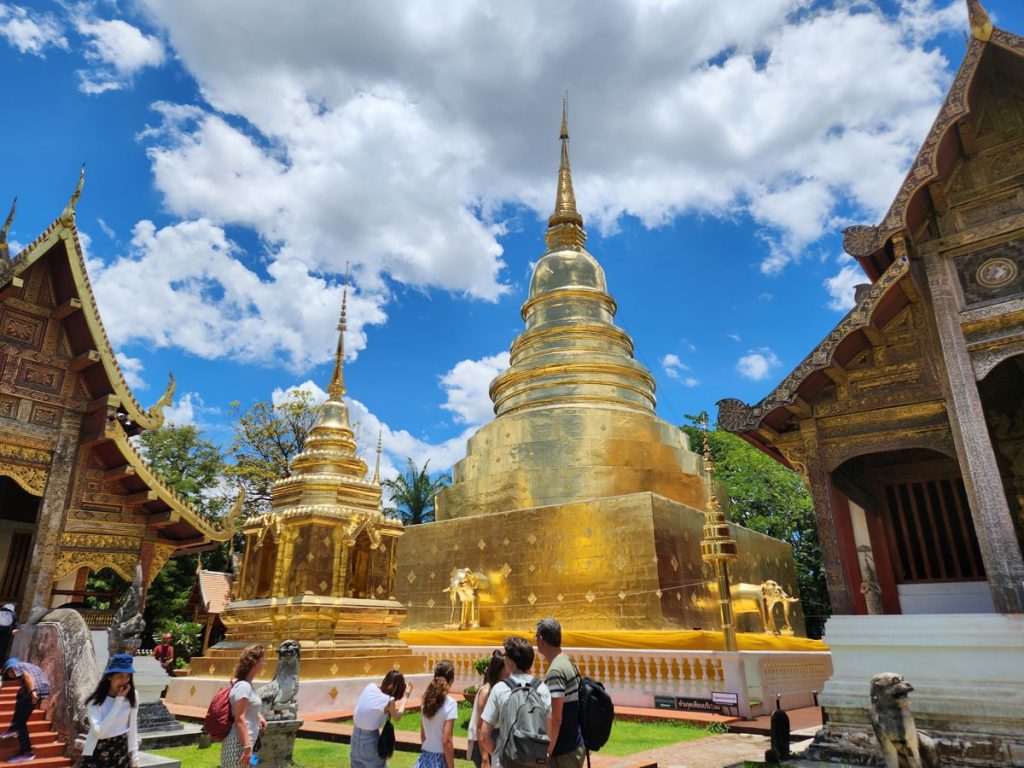
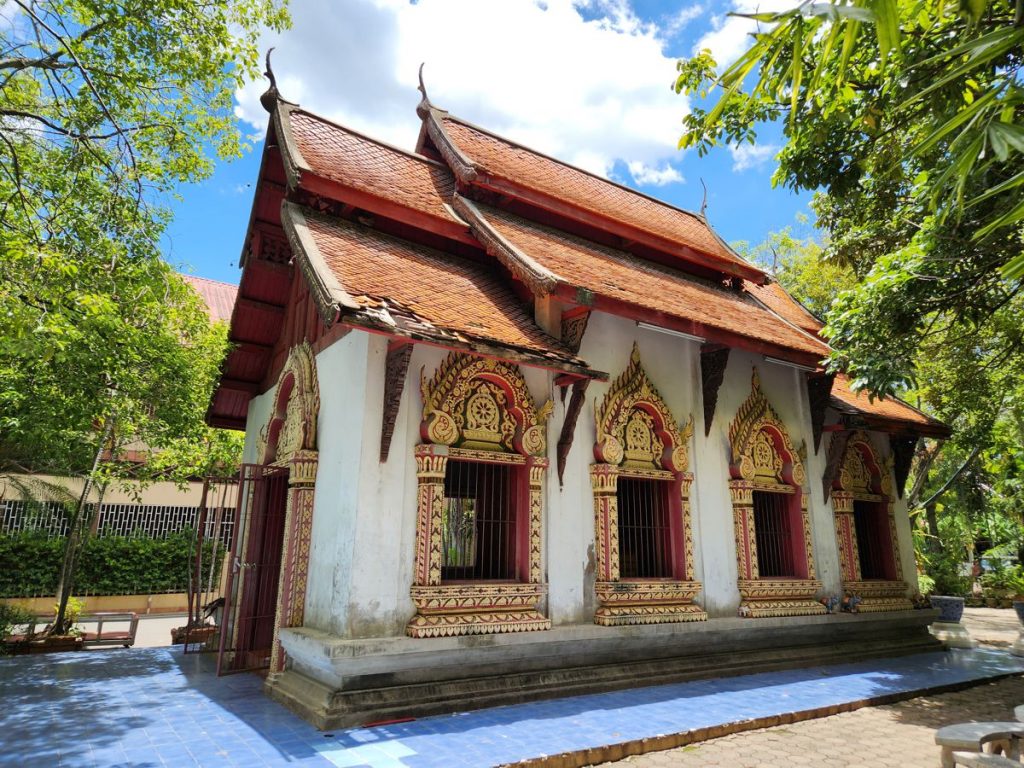
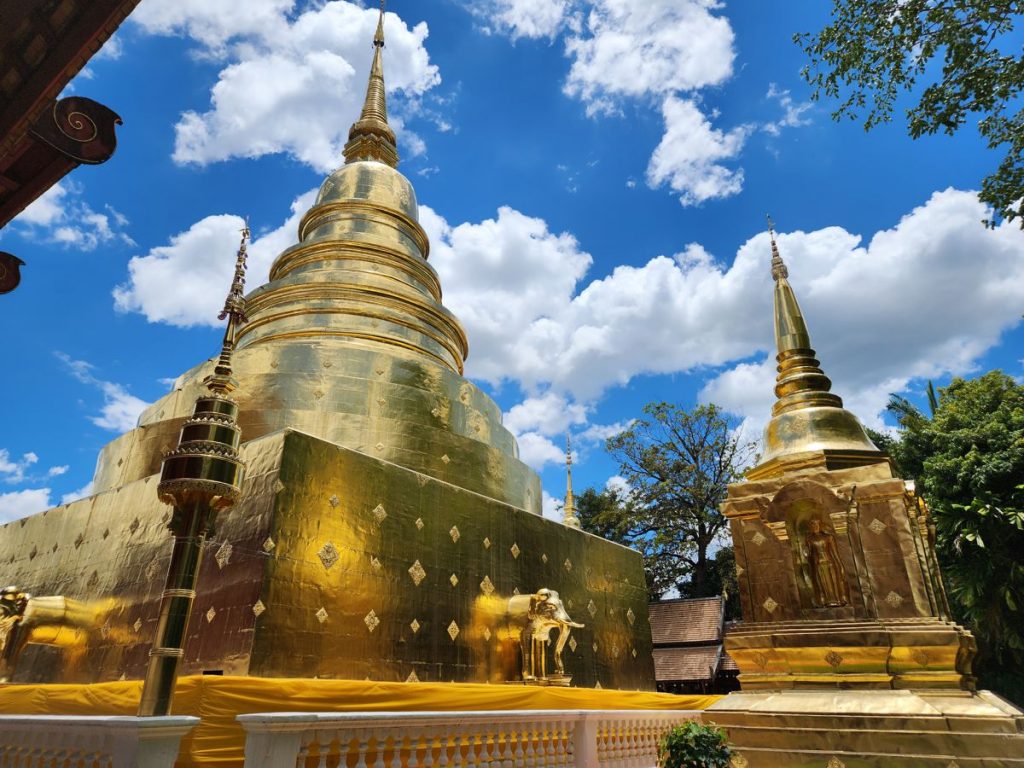
Chiang Mai: Wat Sri Suphan (Silver Temple)
Located just south of the old city wall, this small wat was Chiang Mai’s answer to the White Temple. Its ubosot was covered in intricate silver-colored sculptures (silver, aluminum, nickel), with much modern culture incorporated into the details. This temple doubled as a school and workshop for metalworking, and silver crafts can easily be found as souvenirs in the surrounding night markets. There was a small entrance fee, but for each ticket bought we were given a bottle of water and a metal sculpture key chain. I highly recommend it for its unique artistic value, and it’s a convenient small detour for anyone going to Chiang Mai’s Saturday Night Market.
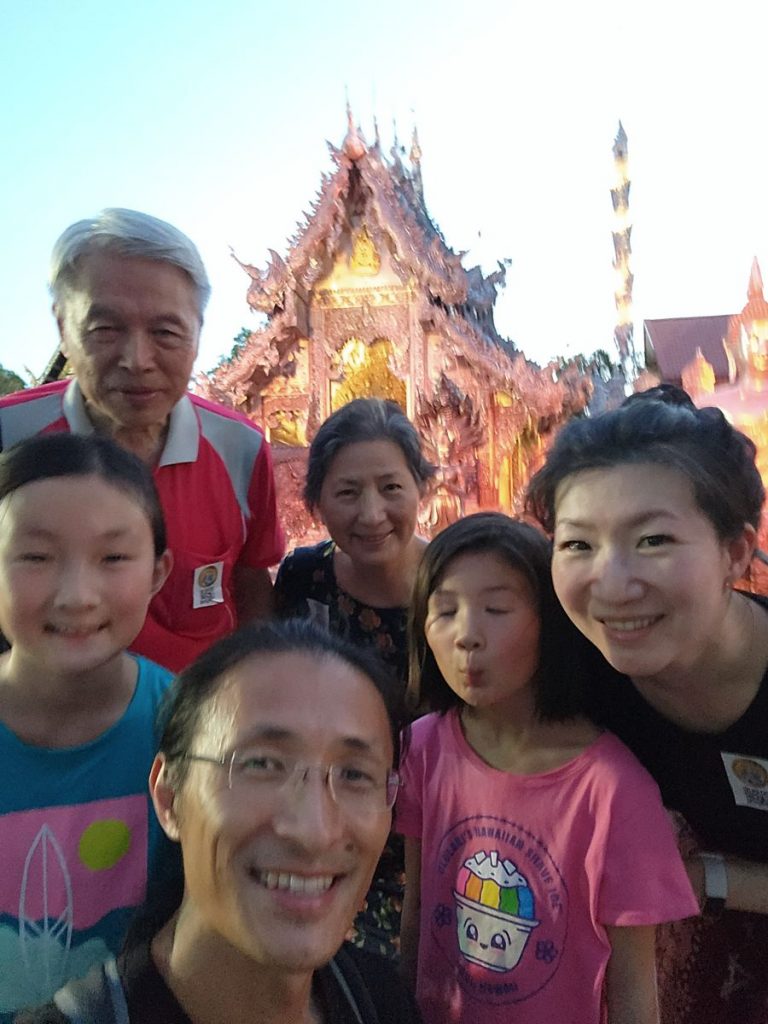
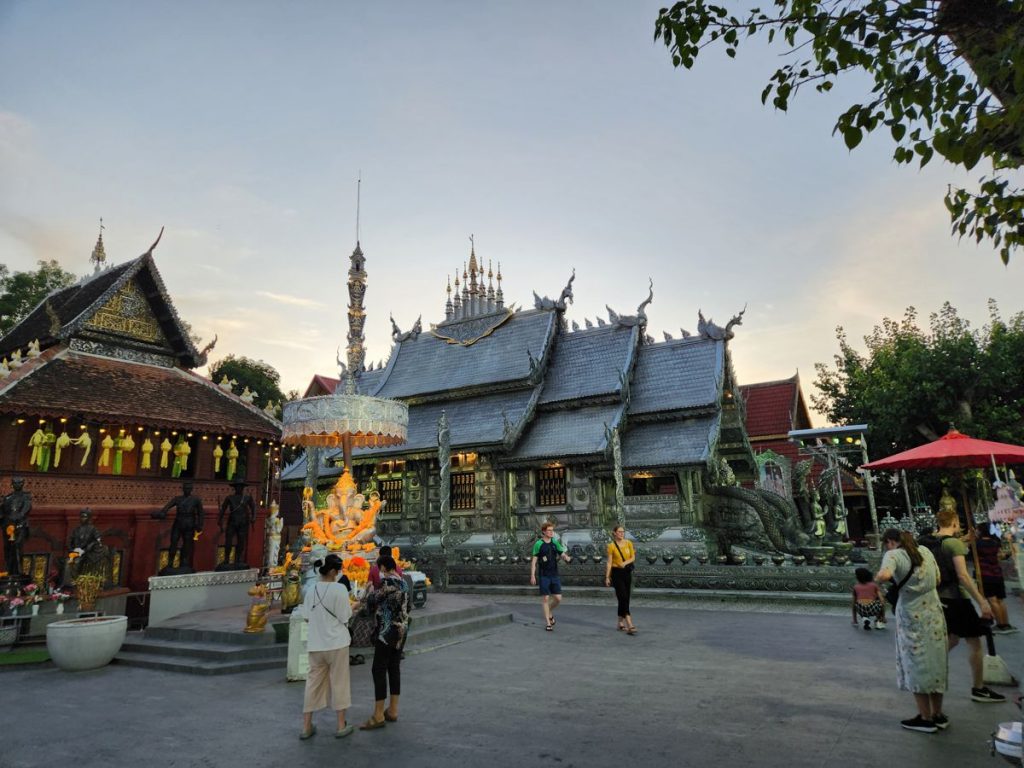
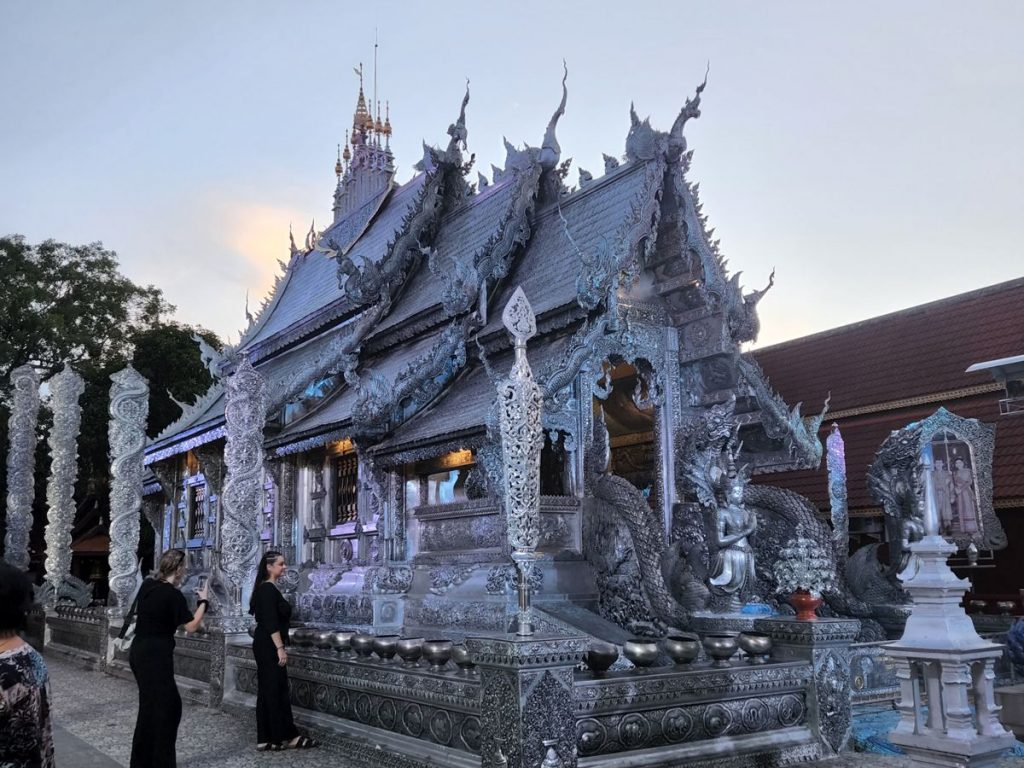
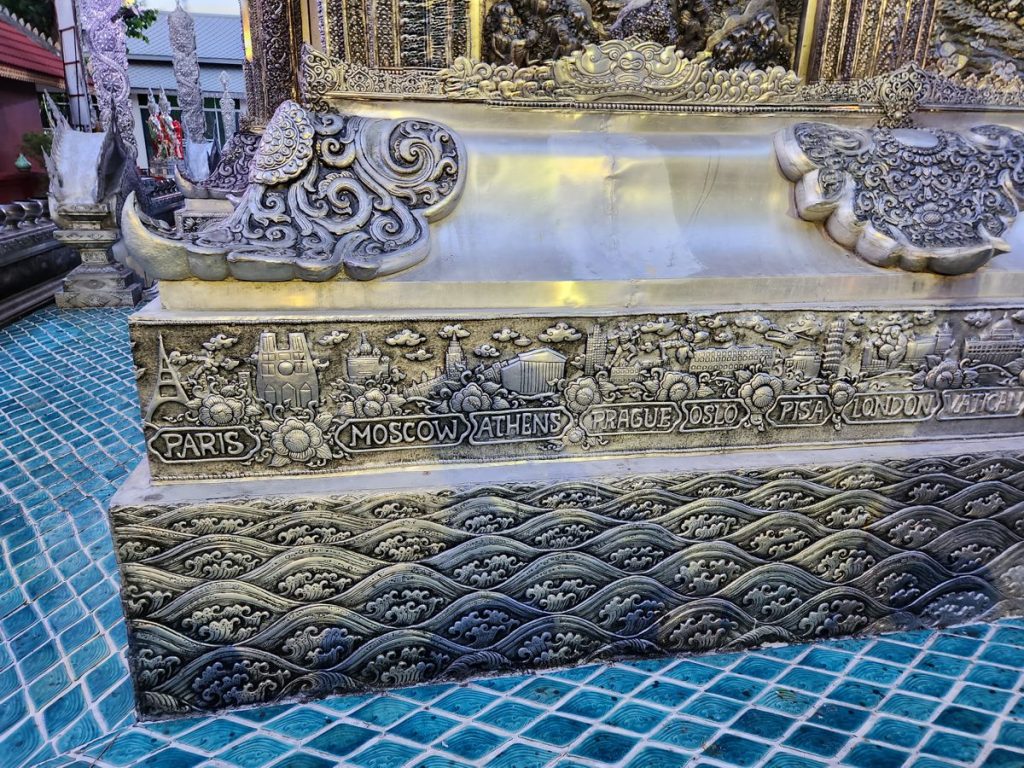
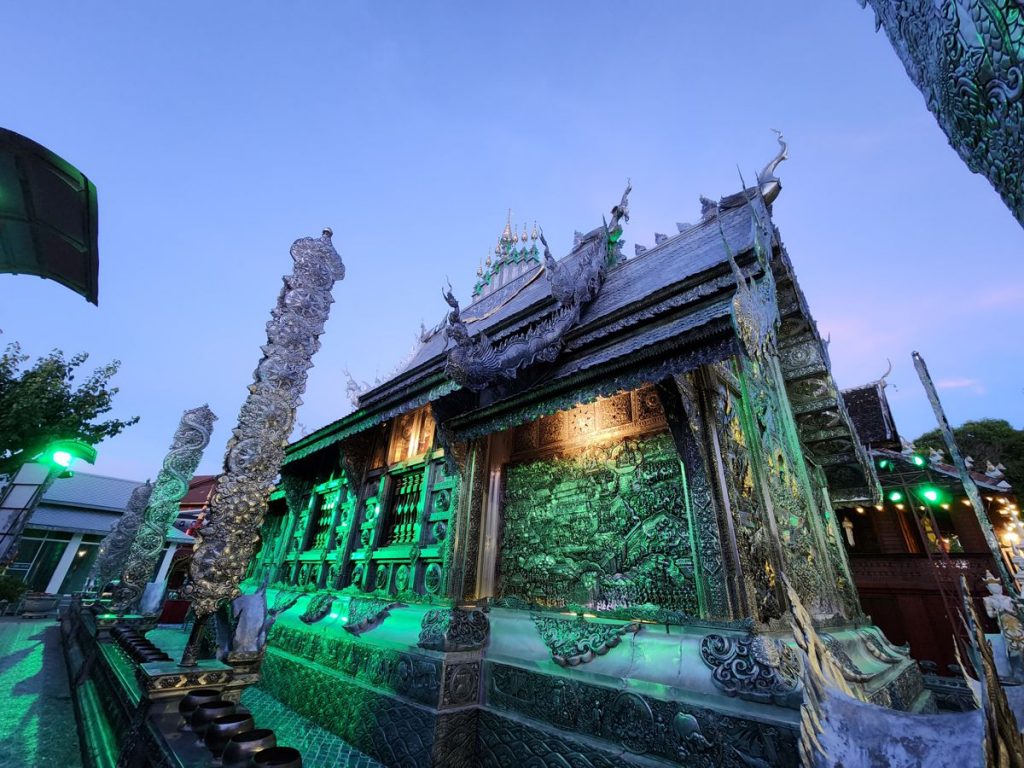

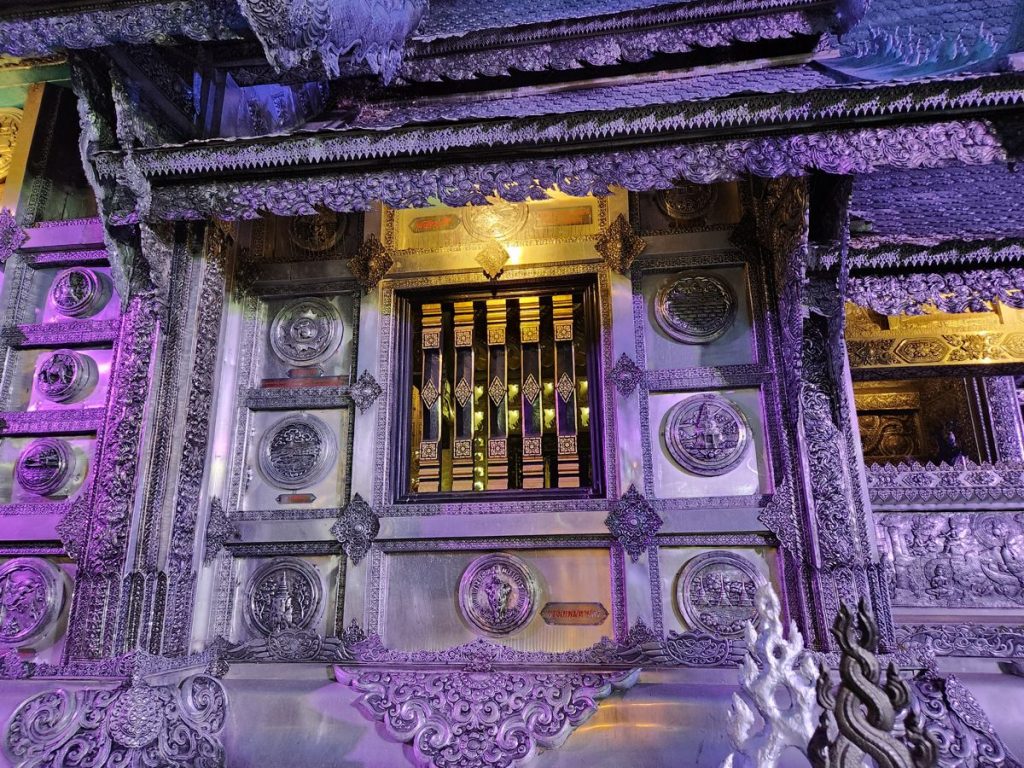
Chiang Mai: Wat Chedi Luang
Literally “temple of big chedi”, this wat was built around and named after its 600-year-old stone chedi, where the Emerald Buddha was housed for almost 100 years. Although partially destroyed over time, this grand structure was still very impressive. In contrast with those wats with polished outer layer of gold, I preferred the look of this ancient remnant.
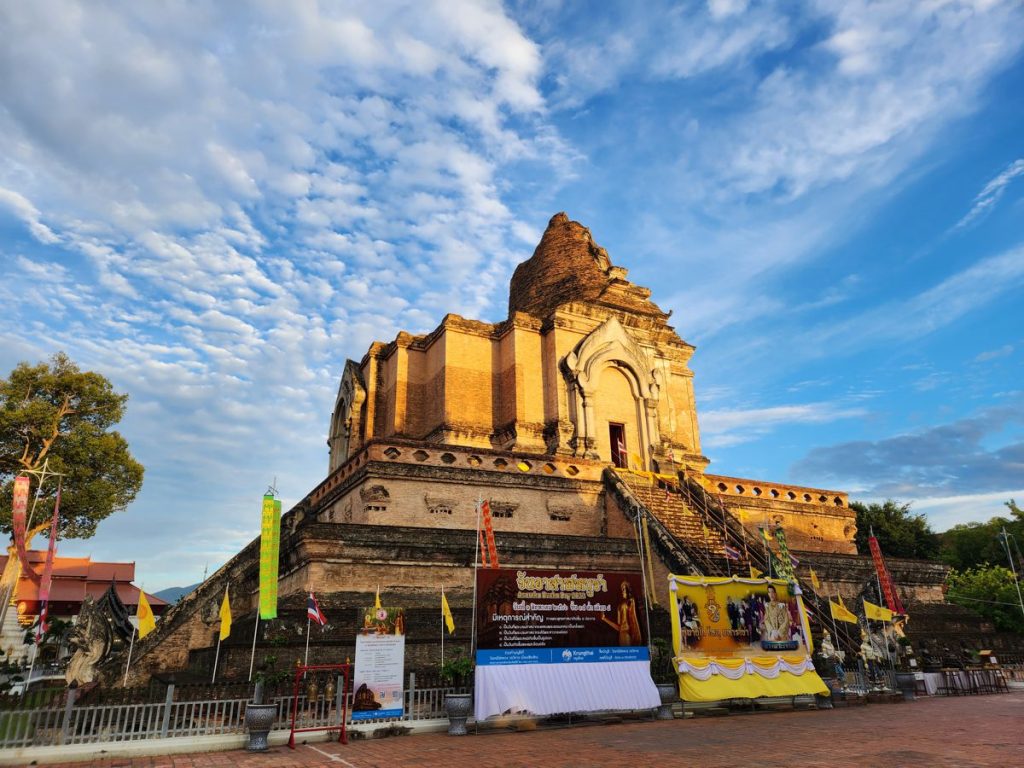
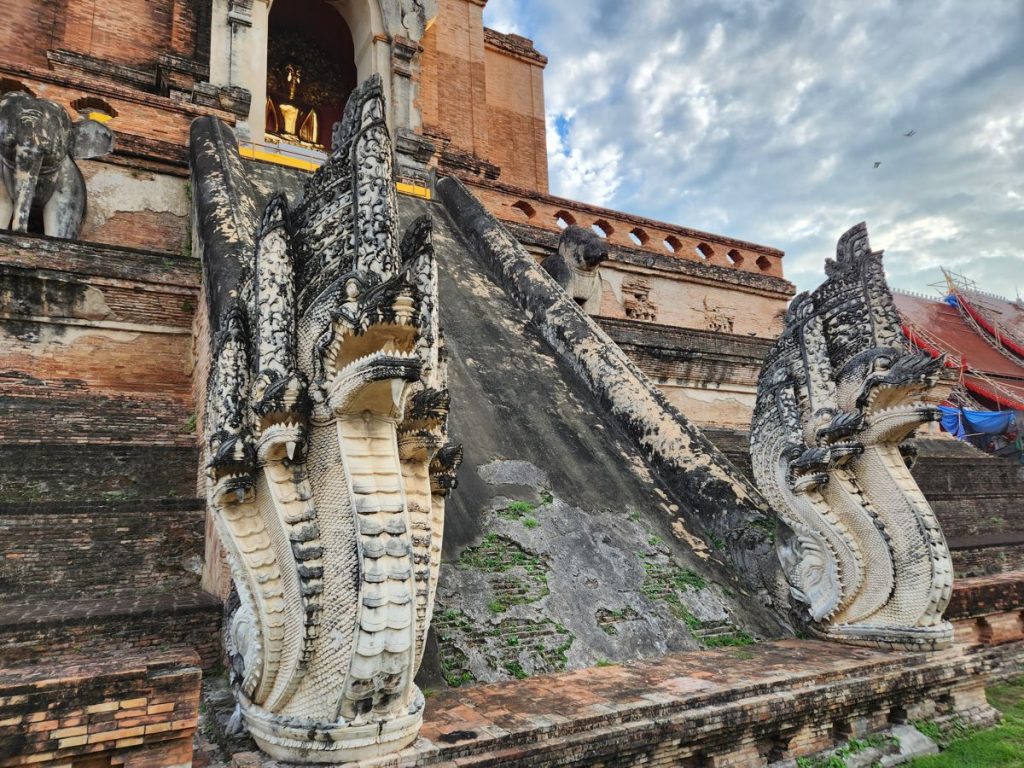
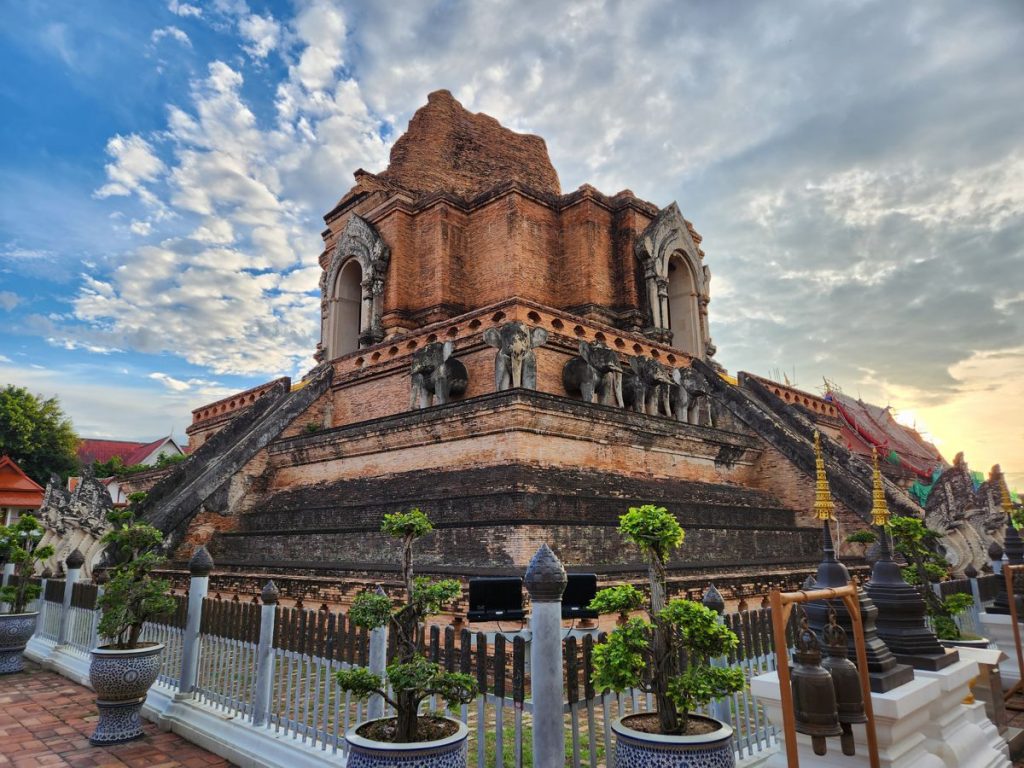
Chiang Mai: Wat Chiang Man
Founded over 700 years ago under the direct supervision of Lan Na’s founder King Mangrai, this wat got on the list for its supposed historic value. For a tourist just snapping some photos, though, there wasn’t much to be had here.
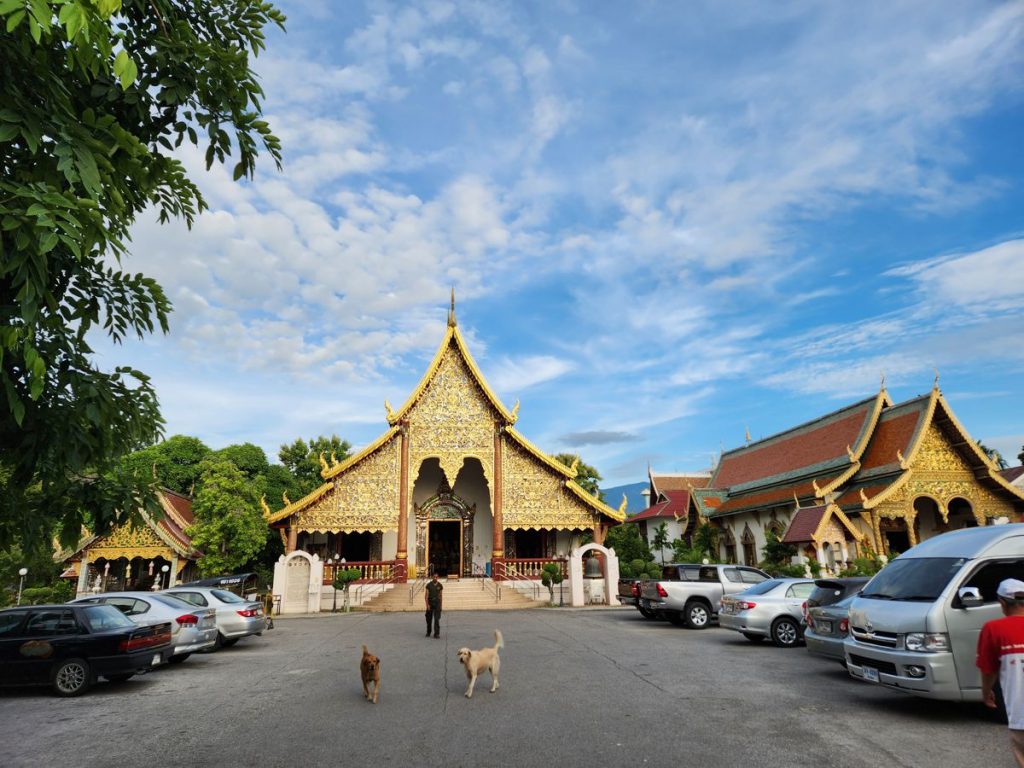
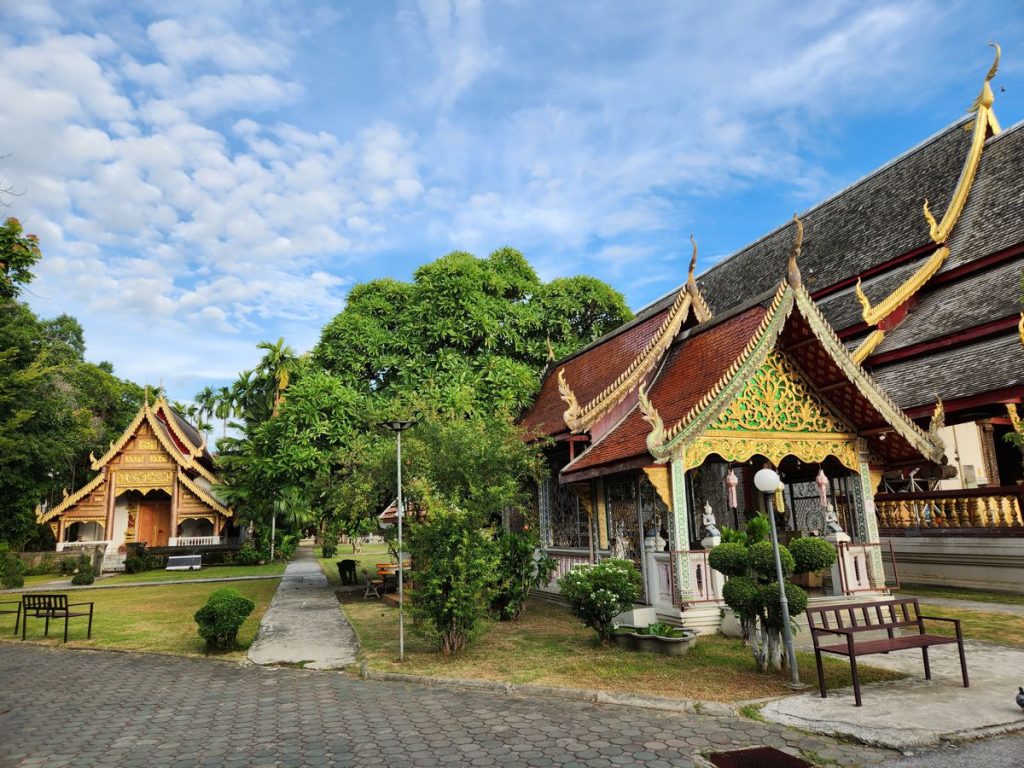
Chiang Rai: Wat Rong Khun (White Temple)
This was technically not an operational temple, and its construction was not scheduled to complete within my lifetime. Yet its over-the-top artwork made it one of Thailand’s most famous temples. I wonder how much the people of Chiang Rai revere Chalermchai Kositpipat, the artist who created this grand art project. We never heard of the city and certainly wouldn’t have visited it if not for the White Temple, and I’m sure we aren’t the only ones. Mah had no opinion on which of the dozens of Chiang Mai temples to see, but insisted that our entire family come to Chiang Rai to see this one.


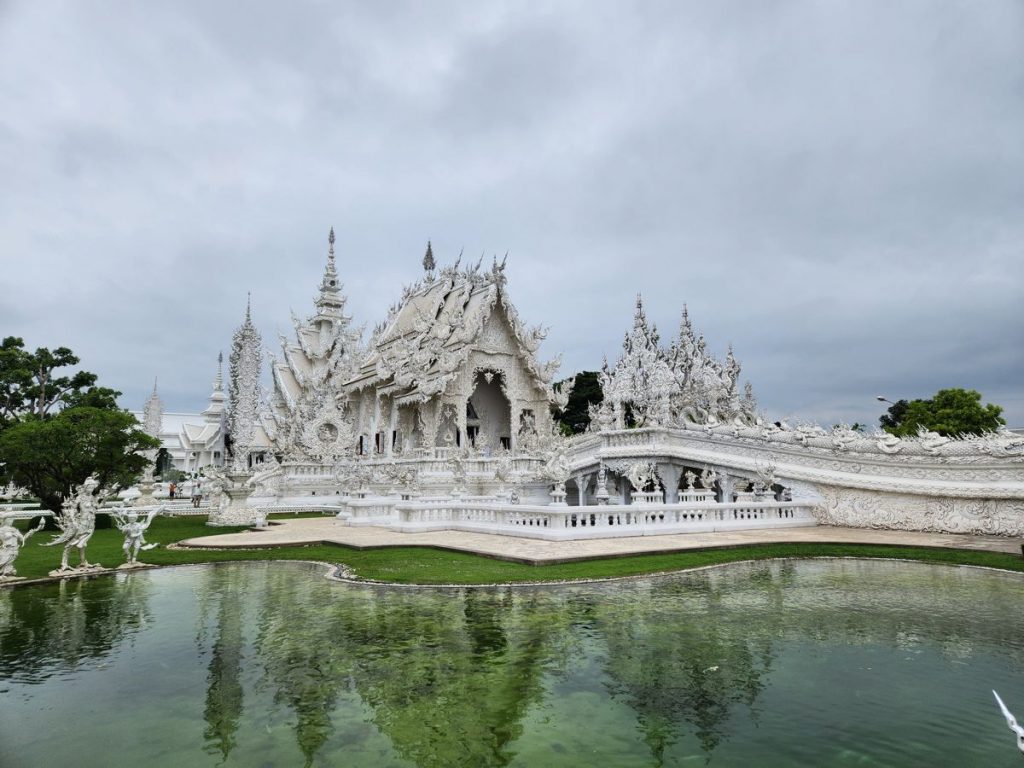
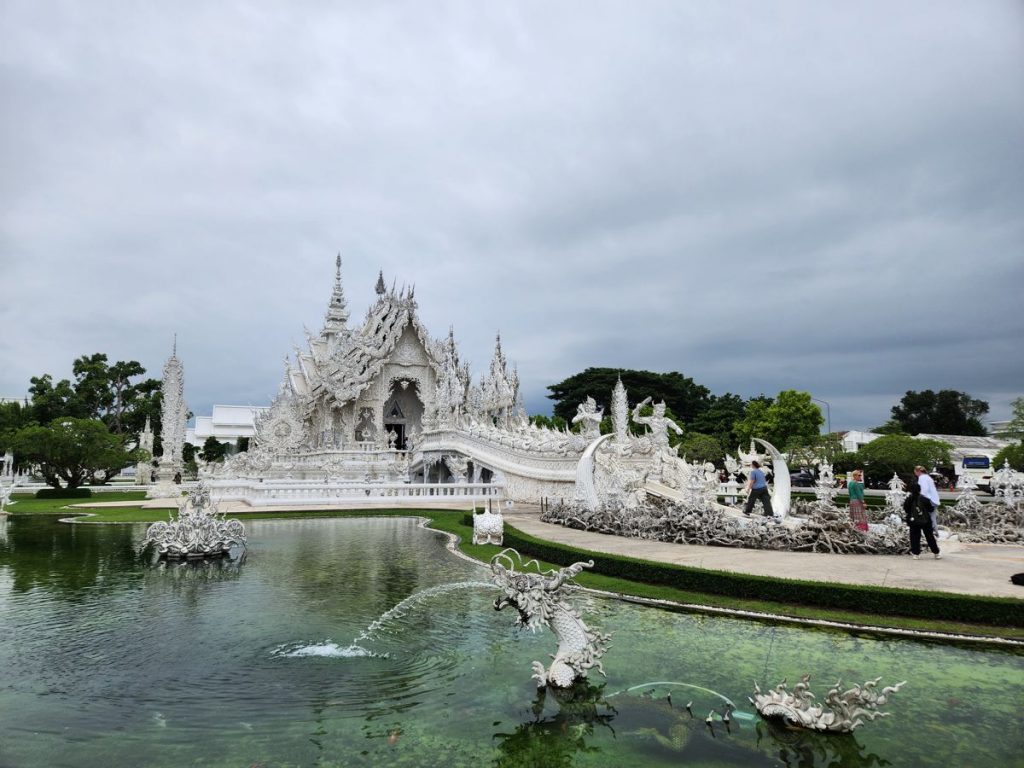
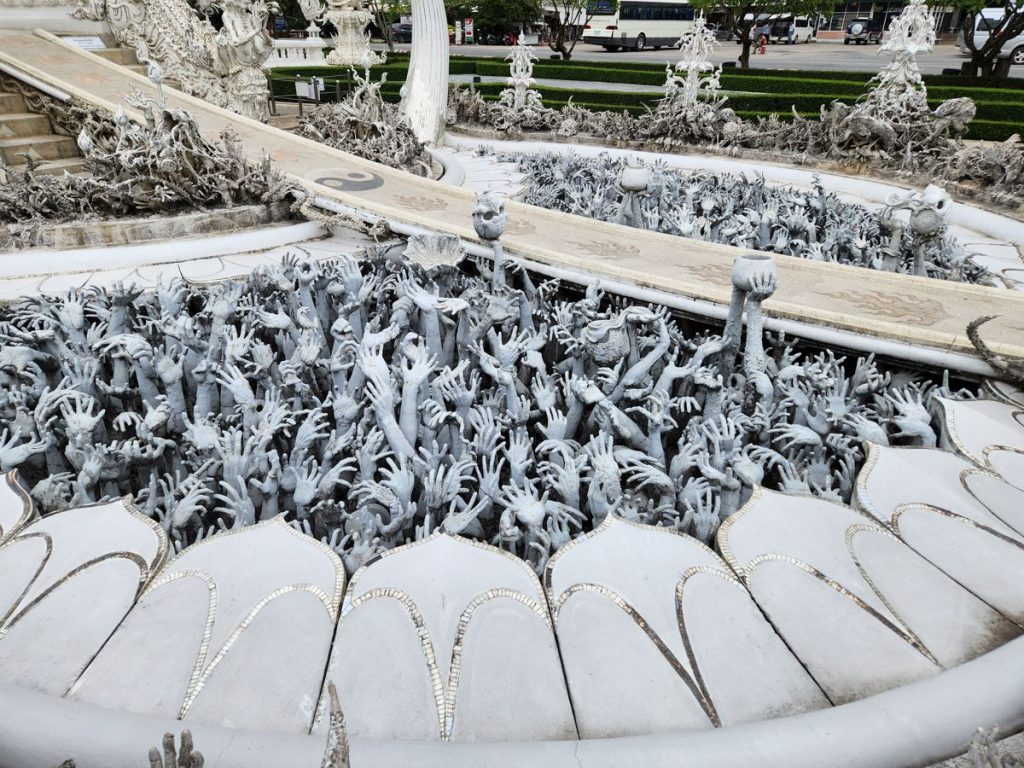
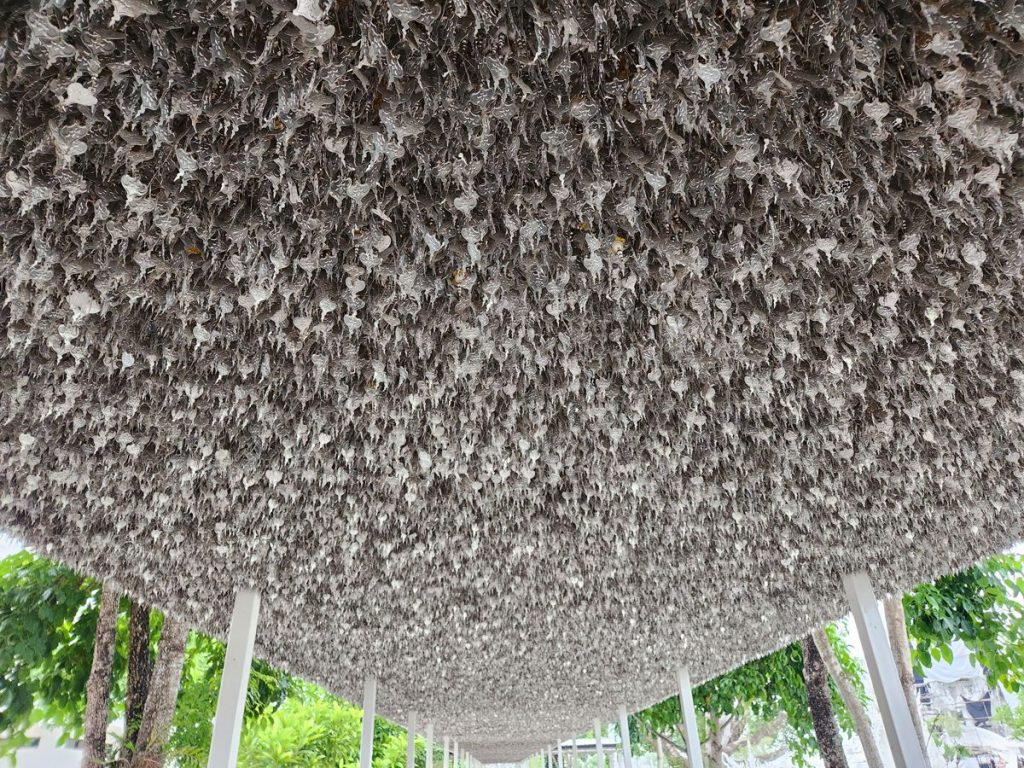

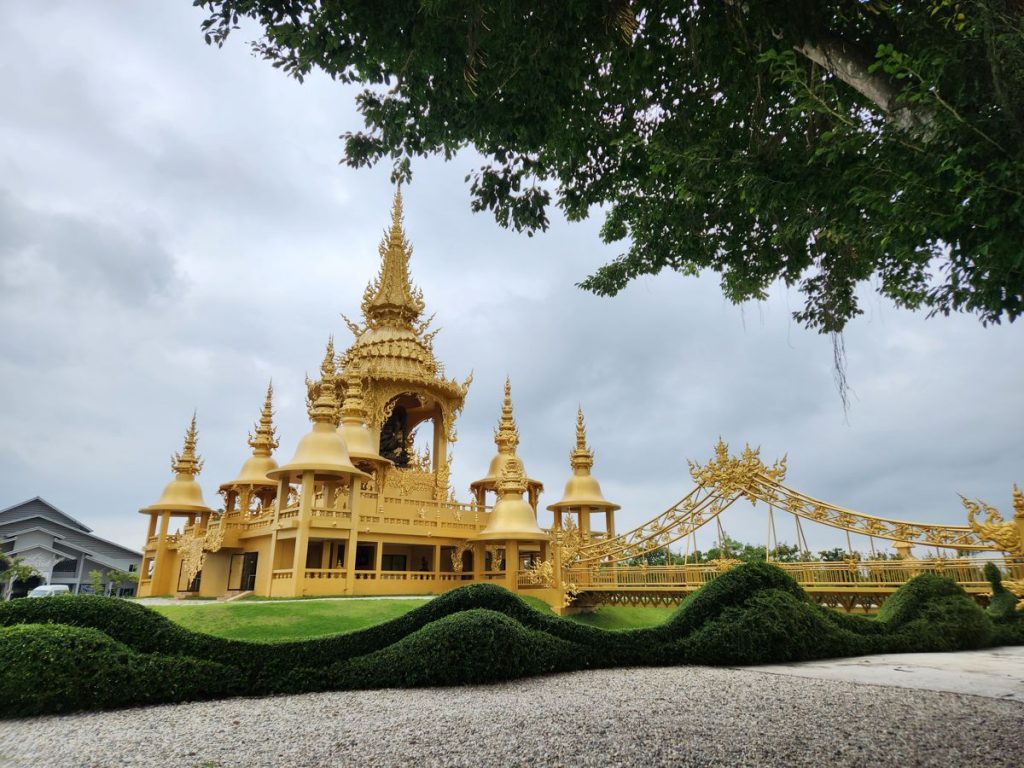
Chiang Rai: Wat Rong Suea Ten (Blue Temple)
Another not-really-a-temple art project, by Chalermchai’s student Putha Kabkaew, took a lead role in attracting tourists to this small city. It was far smaller in scale than the White Temple. I preferred this one for its vibrant colors.
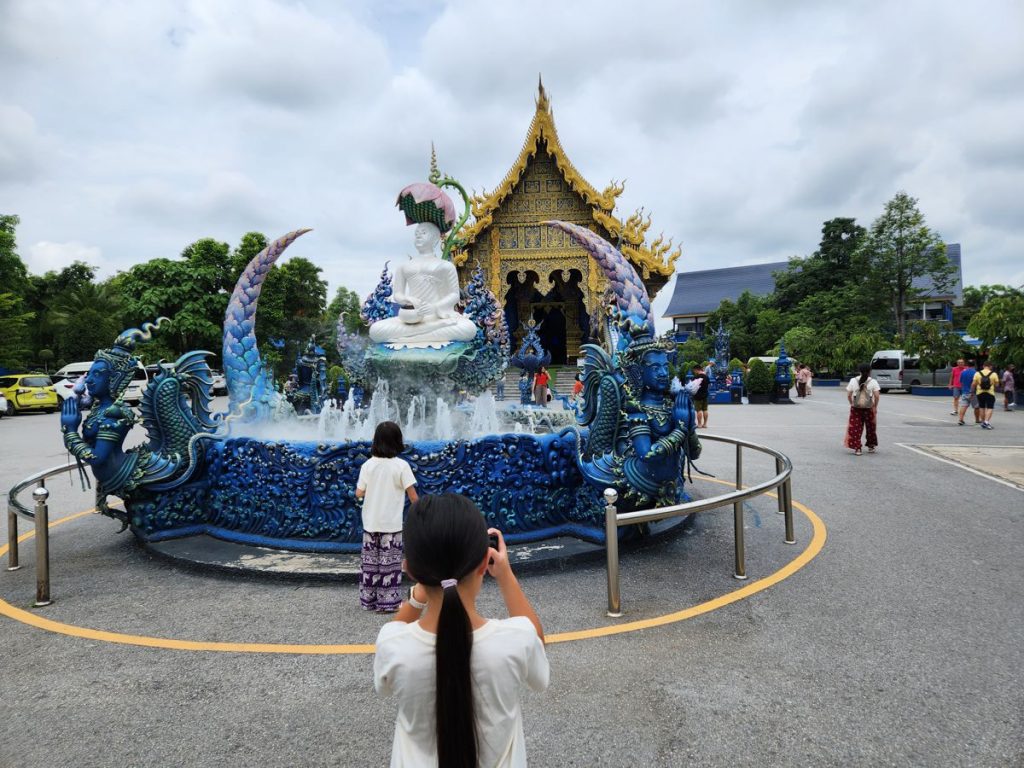
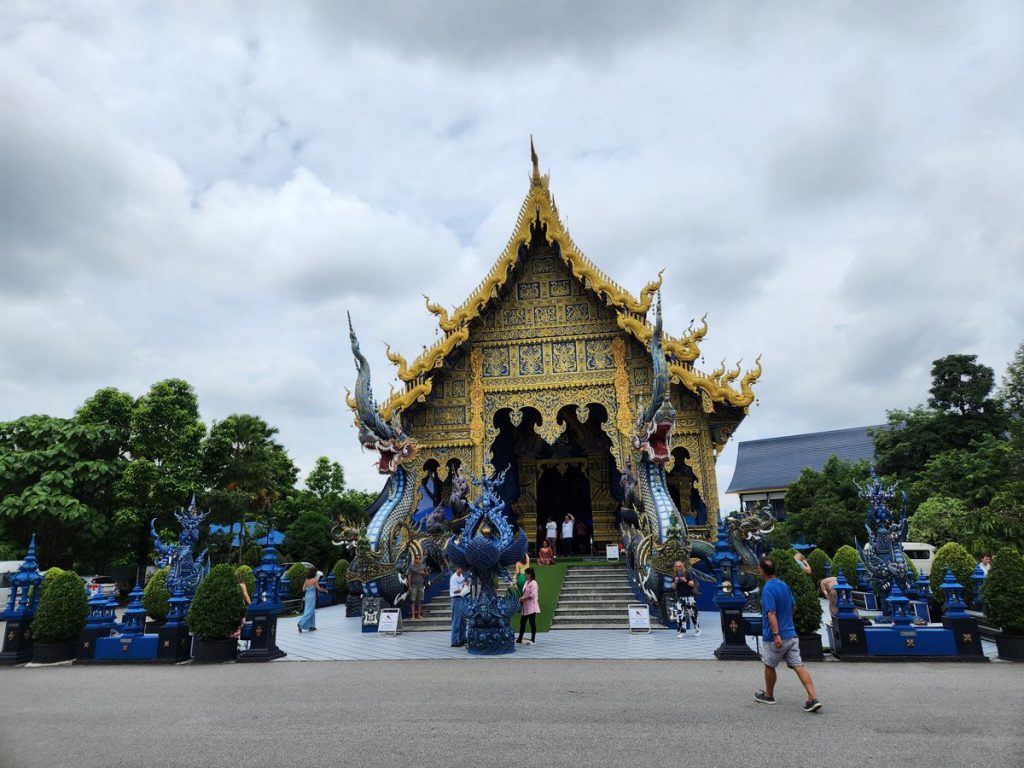
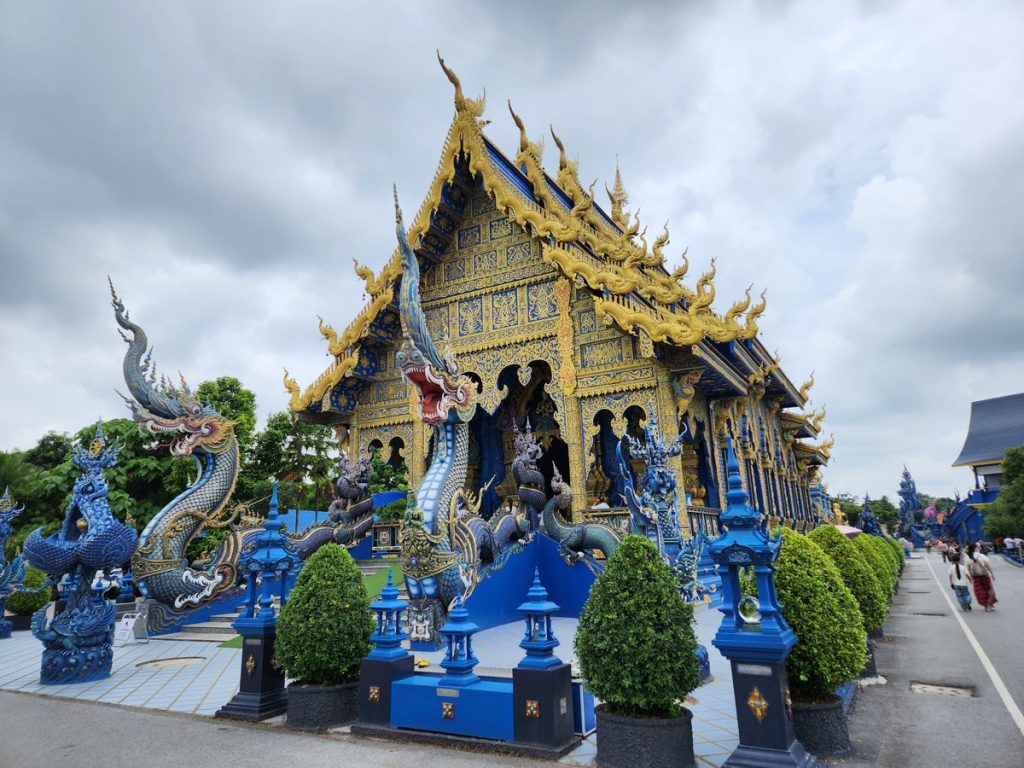
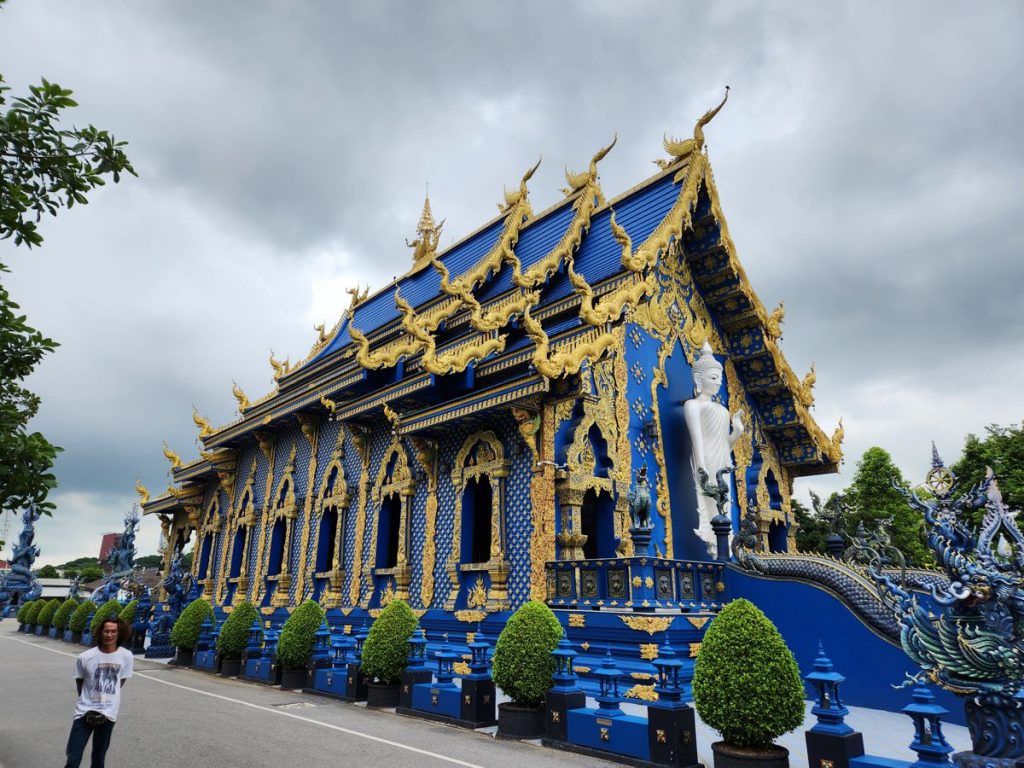
Etiquette
Being mindful of when we were seeing a wat was important because of the dress code for modesty. Among other rules, visitors to any wat were supposed to have their shoulders and legs covered, so no tank tops or shorts allowed. Our standard year-round outfit in Northern California would’ve worked fine, but in the Southeast Asian heat we defaulted to more breezy options. As such, we would go over the next day’s itinerary each night, see if it included any wat, and make our wardrobe plans accordingly.
There were other rules and etiquette concerning visitors to a wat, but mostly common sense stuff that take little effort to follow: no shoes or photography in the main hall, don’t take pictures of the monks, don’t be blatantly disrespectful to the Buddha images, etc. These rules were listed on every Thailand travel website and posted in multiple languages in every wat. Even still, the more popular destinations each employed an army of enforcement staff to monitor and remind visitors. It pissed me off then to see some people openly defying these rules, which happened pathetically often: running around in revealing clothes, climbing onto a pedestal meant for a Buddha statue, wearing shoes past the point where hundreds had been removed, etc. There was no chance these people made it half way around the world to these wats without knowing the proper etiquette – they just chose to ignore or mock it.
At the Blue Temple in Chiang Rai, a large European family posed for picture with the Buddha image in the main hall. While I’m sure no malice was intended, they did stand right in between two signs that clearly spelled out “no taking pictures”. When I pointed this out to them, they reacted with “but everyone else is doing it” and pressed forward with the photo. Yet another group of people from a monotheistic cultural background who saw Asian deities as nothing more than pretty decor. They wouldn’t have been able to do this at the Grand Palace or White Temple, and only tried to get away with it here because this smaller temple had no enforcement staff. That really irked me on the personal level. Although I wasn’t a Buddhist, I felt my extended culture under assault by entitled people who probably thought they were above the rules. I got into an argument with them and eventually got them to stop… but to some extent, they were right: everyone else was doing it and I couldn’t possibly stop them all.
Not everyone is religious or has fear of god, but a great deal of people around the world do. Respecting other people’s religion is basic decency any civilized human being should have, especially when visiting a place of worship for that religion. It was unfortunate how often we saw blatant disregard while visiting wats in Thailand. I hope these people learn to be better.
Southeast Asia 2023 – Index
- Kicking Off 15 Intensely Fun Days in Thailand and Singapore
- Attempting the Thai Language
- Modes of Transportation
- Bangkok: Grand Hyatt Erawan
- Bangkok: Itinerary 1
- Bangkok: Itinerary 2
- Bangkok: Malls
- Overnight Train to Chiang Mai
- Chiang Mai: Itinerary
- Chiang Mai: Elephants!!!
- Chiang Rai: Itinerary
- Wats in Thailand
- Notable Eats in Thailand
- Singapore: Itinerary
- Singapore: Deja Vu
- Singapore: Changi Airport & Flight Home
- Notable Eats in Singapore
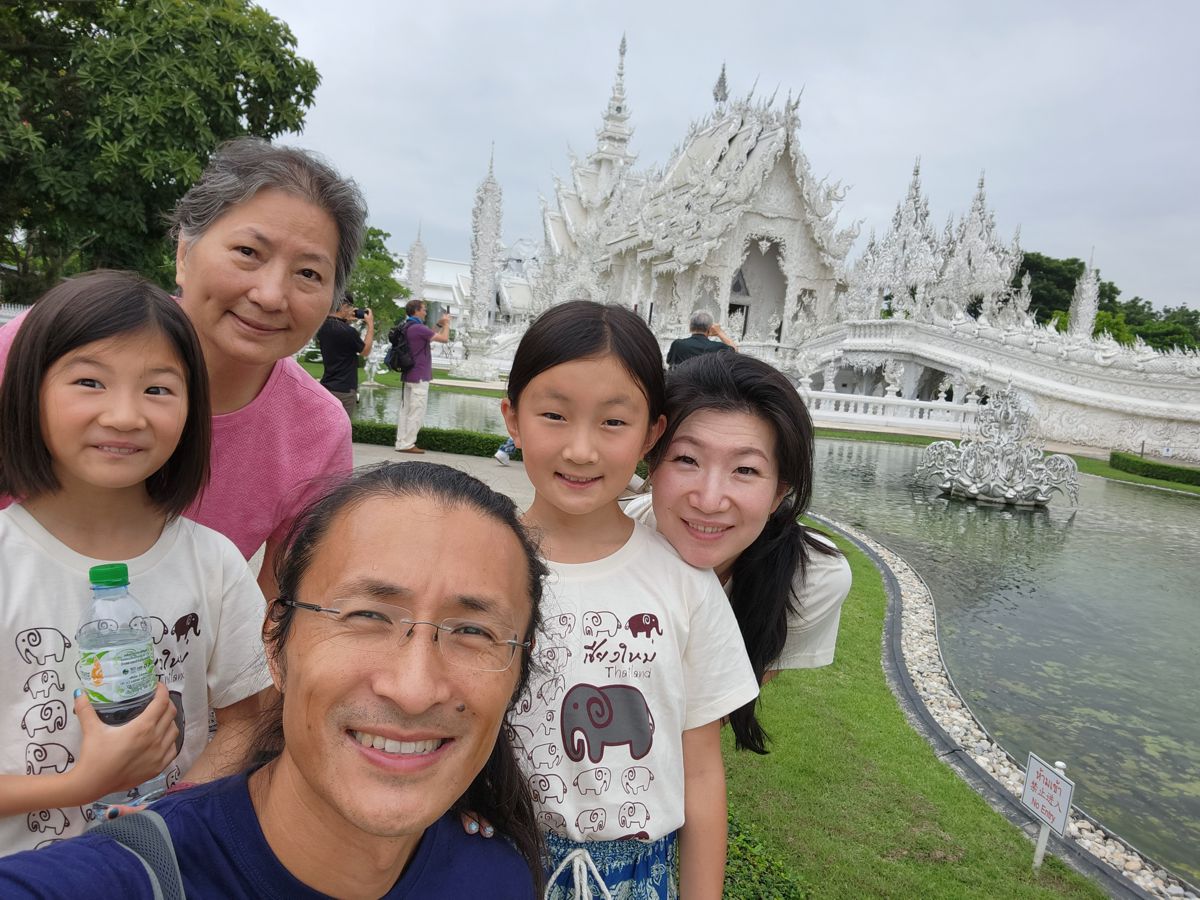
SEA 2023 (14/17) – Singapore: Itinerary – Peter's Blog
August 21, 2023 at 11:46 pm[…] Wats in Thailand […]